There’s a point in every man’s life – usually sometime after he’s started ordering negronis on purpose and developed strong feelings about Italian loafers – when he begins to look at vintage watches. Not just as objects of utility, but as little timeworn monuments to better design, better mechanics and better stories. Mechanical watches from a time before smartphones, before ceramic bezels, before the idea of luxury got tangled up with excess.
And once you start, it’s difficult to stop. There are rabbit holes within rabbit holes. Dive watches issued to frogmen. Dress watches thinner than a Rizla. Chronographs built for racetracks, cockpits and Cold War airfields. You learn the reference numbers. You learn who made what for whom. You begin to notice the difference between a nice watch and a significant one.
What follows is a guide to the brands that matter in vintage watch collecting – not just the big names, but the ones with real horological weight. The makers that changed the course of wristwatch history, whether by design, movement, or both. We've also listed a few key models from each – watches that are collectible, relatively accessible (where possible), and historically important. These aren’t necessarily the rarest or most expensive watches, but they are strong entries into vintage collecting for each name. Some are obvious. Some less so. But all of them are worth your time.
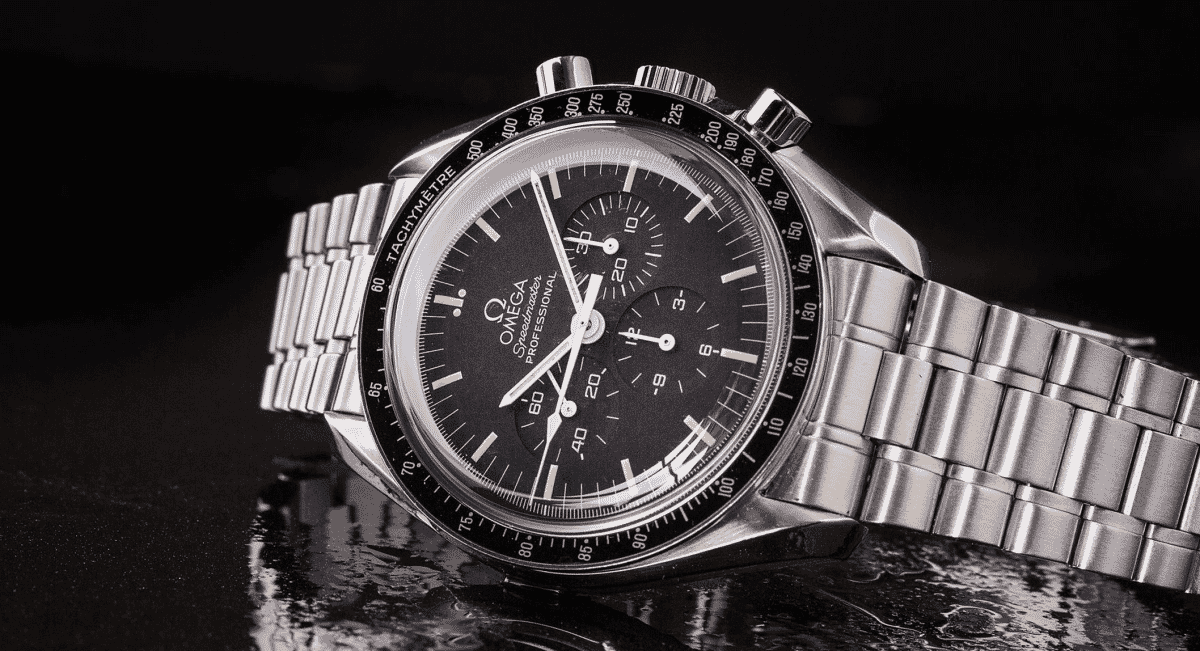
Omega
Omega sits near the top of any serious collector’s list, not just because of the Moonwatch, but because of how consistently it balanced mass production with horological merit. The Speedmaster Professional, chosen by NASA and worn on the moon, tends to dominate the conversation, but there’s much more beneath the surface. The Seamaster 300, particularly references like 165.024, was a genuine tool watch before the term became marketing fluff. The Constellation models from the 1950s and ’60s, especially the pie-pan dial variants, combined dressy aesthetics with chronometer-certified movements that were often finished to a surprisingly high standard. Omega’s vintage catalogue tells the story of mid-century innovation executed at scale.
Key models
– Speedmaster Professional 145.022
– Seamaster 300 165.024
– Constellation Pie-Pan (ref. 2852 or similar)
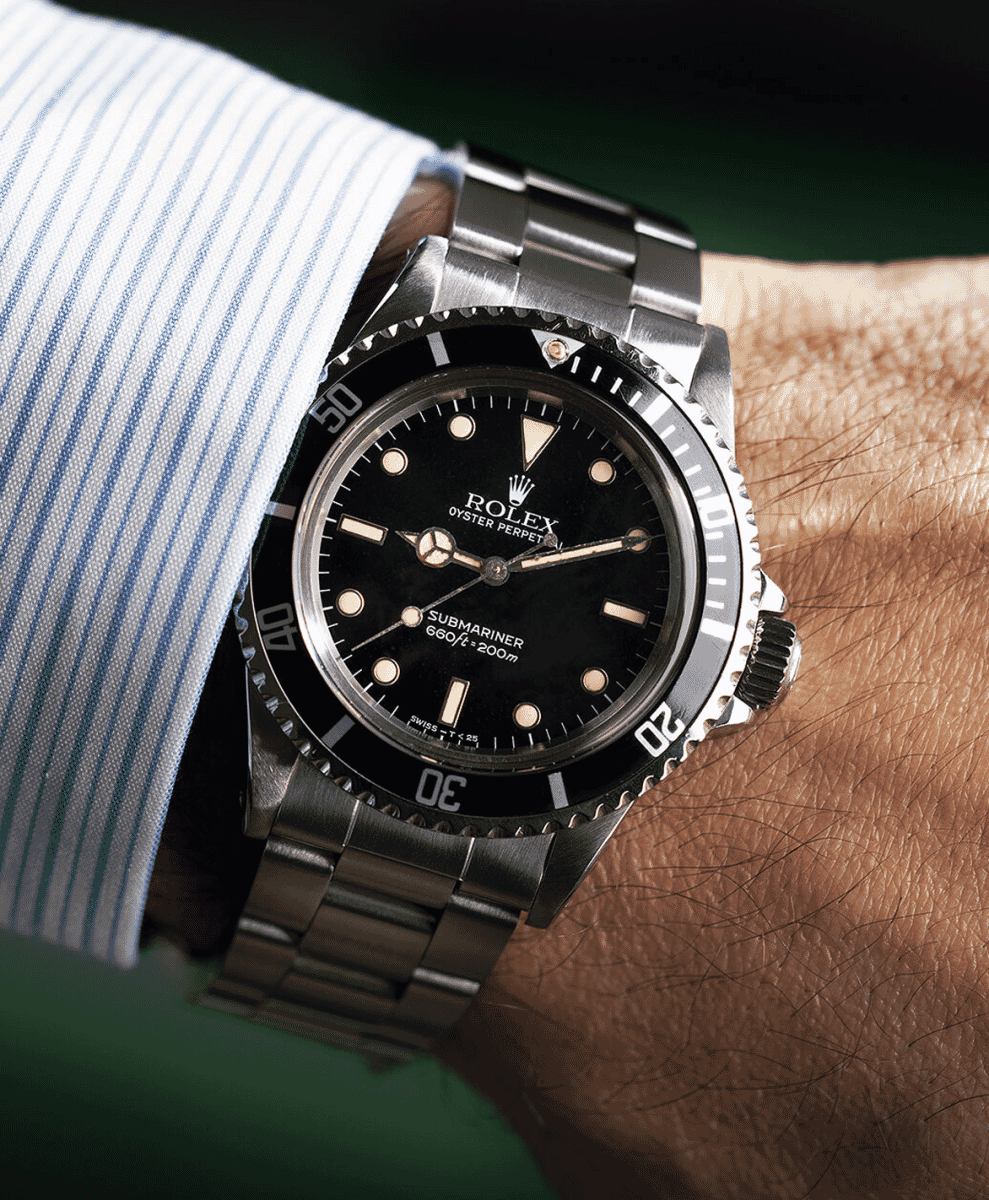

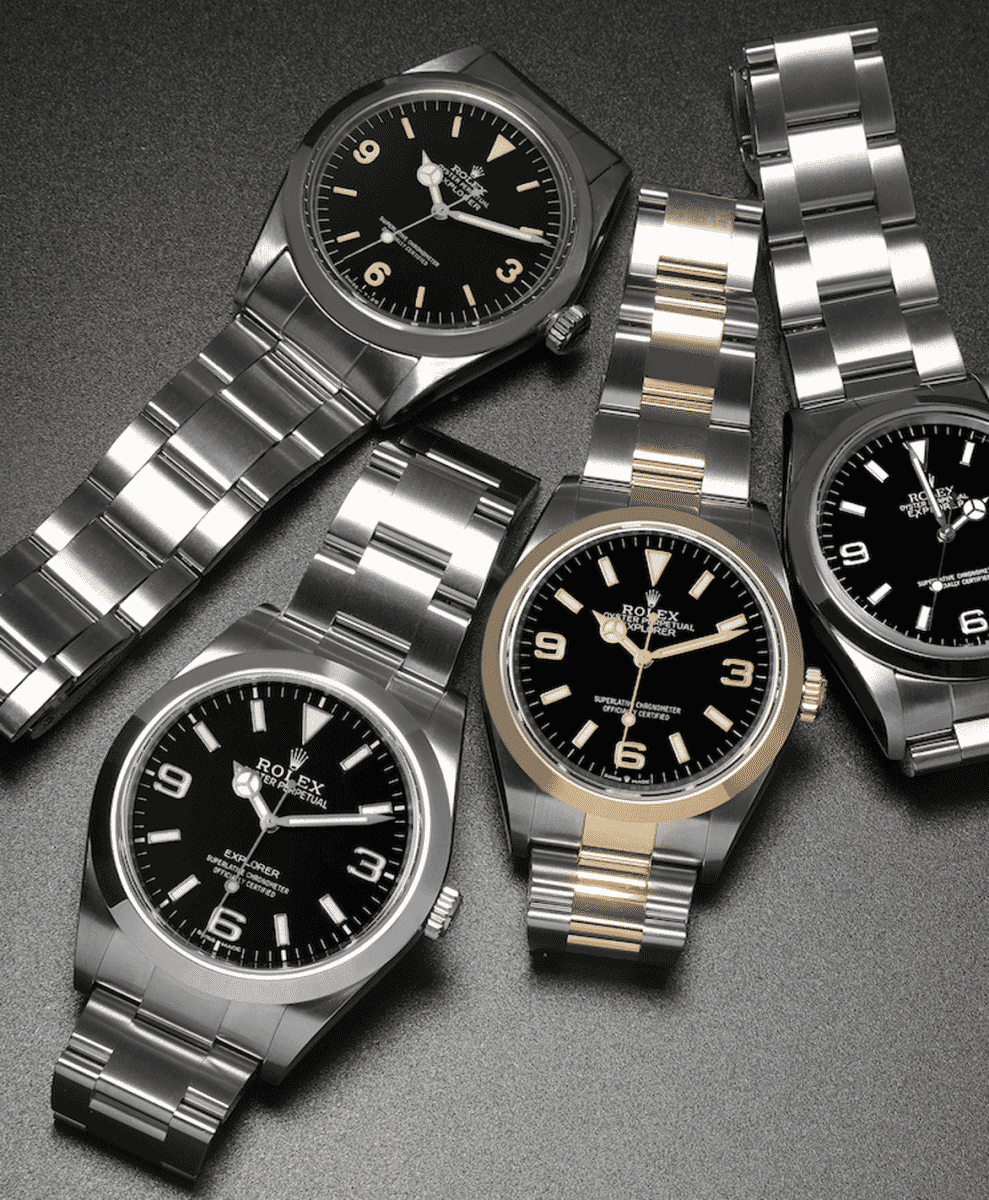
Rolex
In the modern context, Rolex may feel more like a status symbol than a serious watchmaker, but its vintage models are another matter entirely. What Rolex did better than anyone was refine. The Submariner, GMT-Master, Explorer and Daytona are not radical inventions, but they became templates for what a dive watch, pilot’s GMT or racing chronograph should look and feel like. References such as the Submariner 5513, the Explorer 1016 or the so-called Paul Newman Daytonas are now cultural artefacts as much as timepieces. Their appeal lies not just in rarity, but in the clarity of purpose behind their design.
Key models
– Submariner 5513
– Explorer 1016
– Datejust 1601
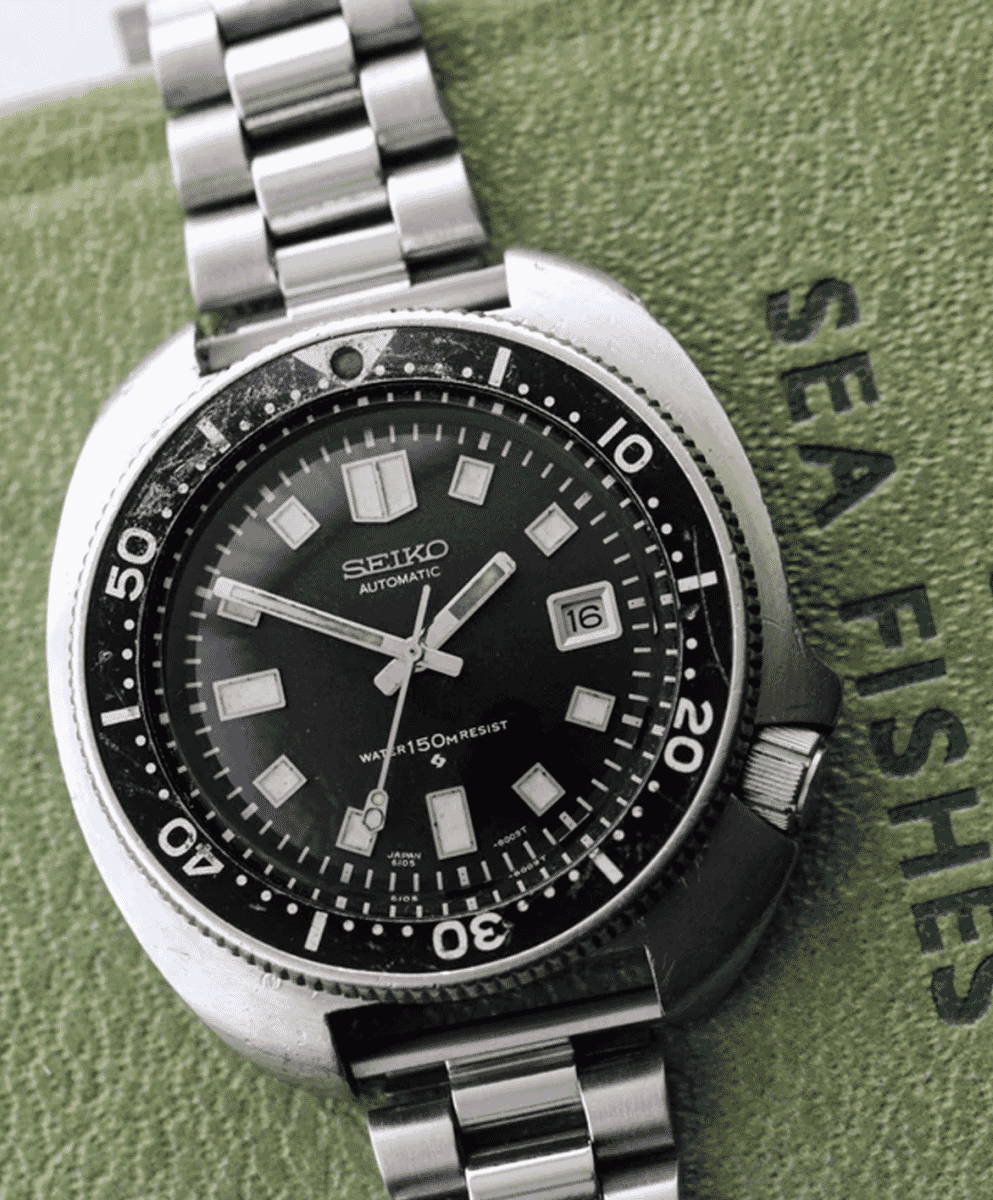
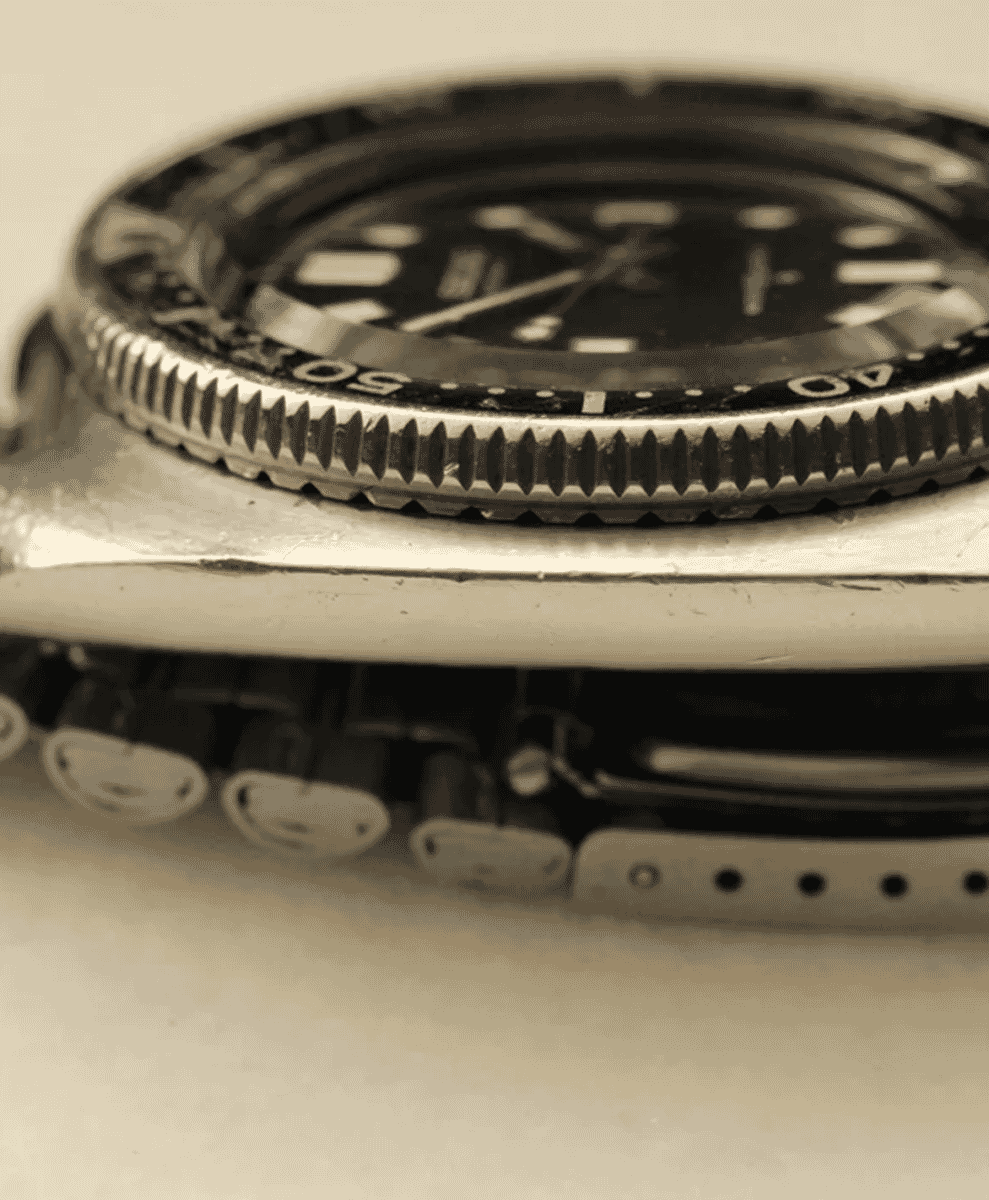
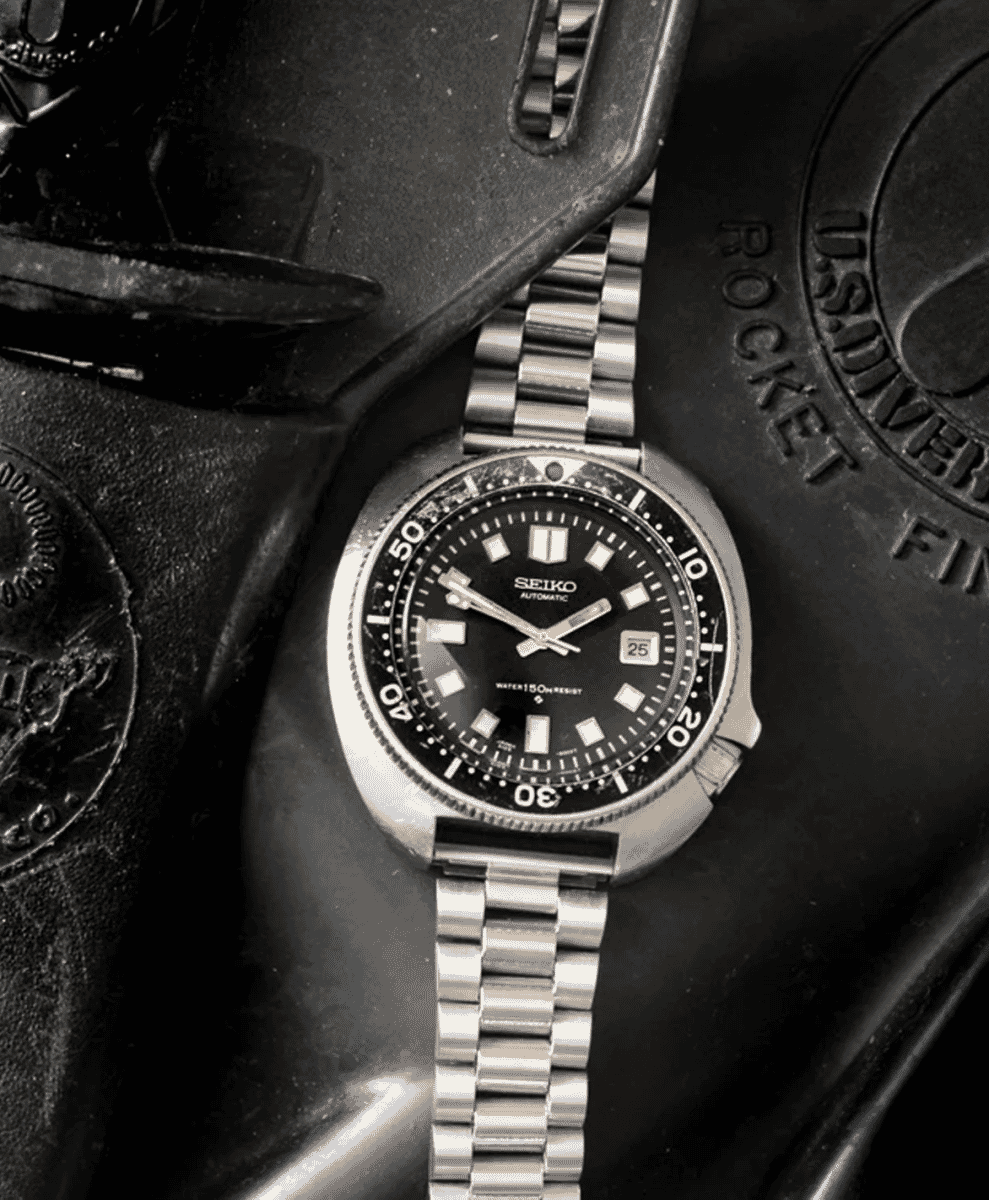
Seiko
Seiko disrupted the watch world in more ways than one. While most people associate the brand with the quartz revolution, its earlier mechanical work deserves just as much attention. The Grand Seiko range, launched in 1960, was Japan’s answer to Swiss dominance and routinely outperformed its European rivals in accuracy competitions. Seiko’s dive watches, beginning with the 62MAS in 1965 and continuing through models like the 6105 and 6309, are now bona fide collector’s items. They were affordable, functional and designed with their own distinct philosophy. That makes vintage Seiko a goldmine for those who care more about substance than hype.
Key models
– 6105-8110 Diver (the ‘Captain Willard’)
– Grand Seiko 6146-8000
– Seiko 6139-6002 (‘Pogue’ chronograph)
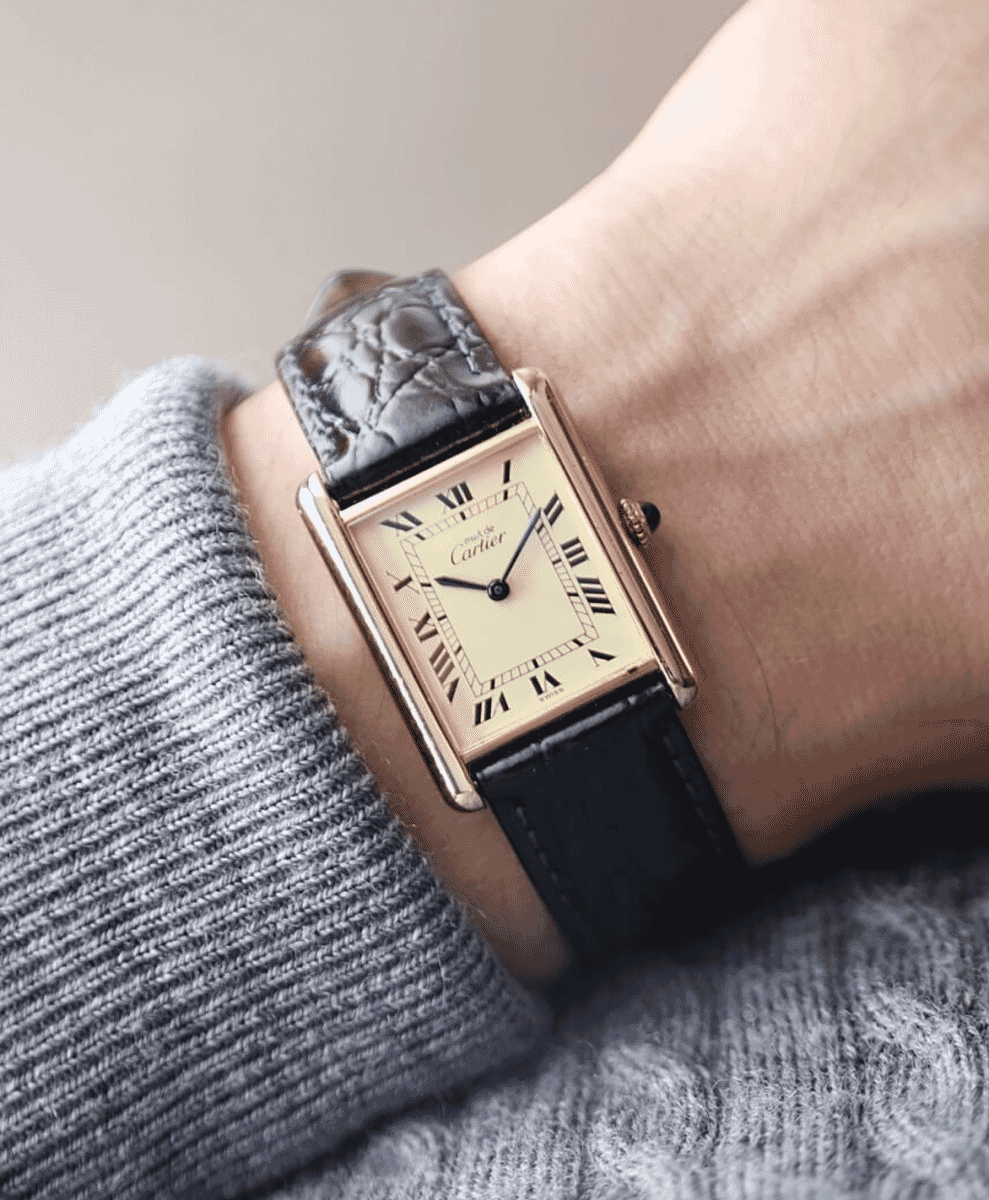
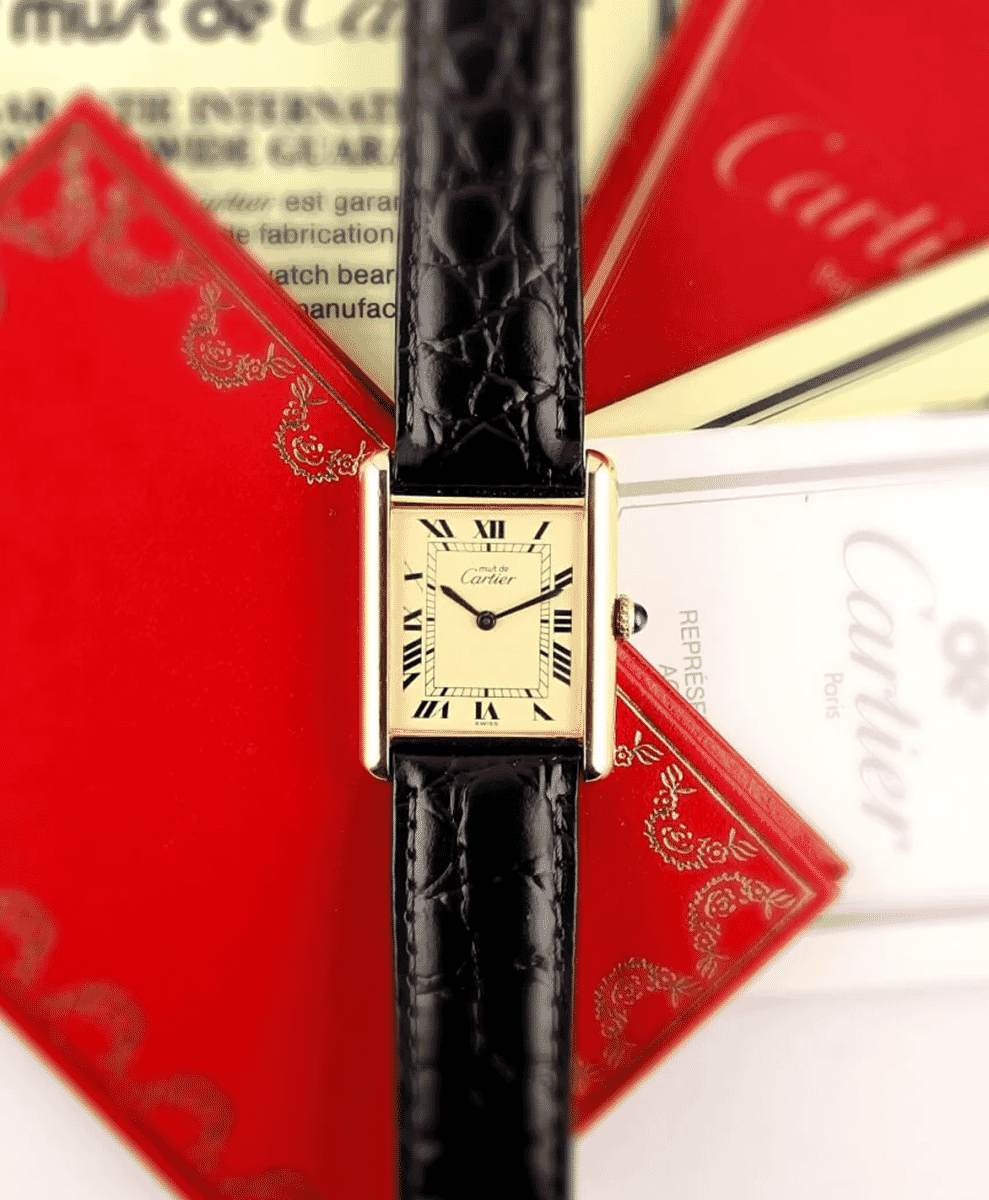
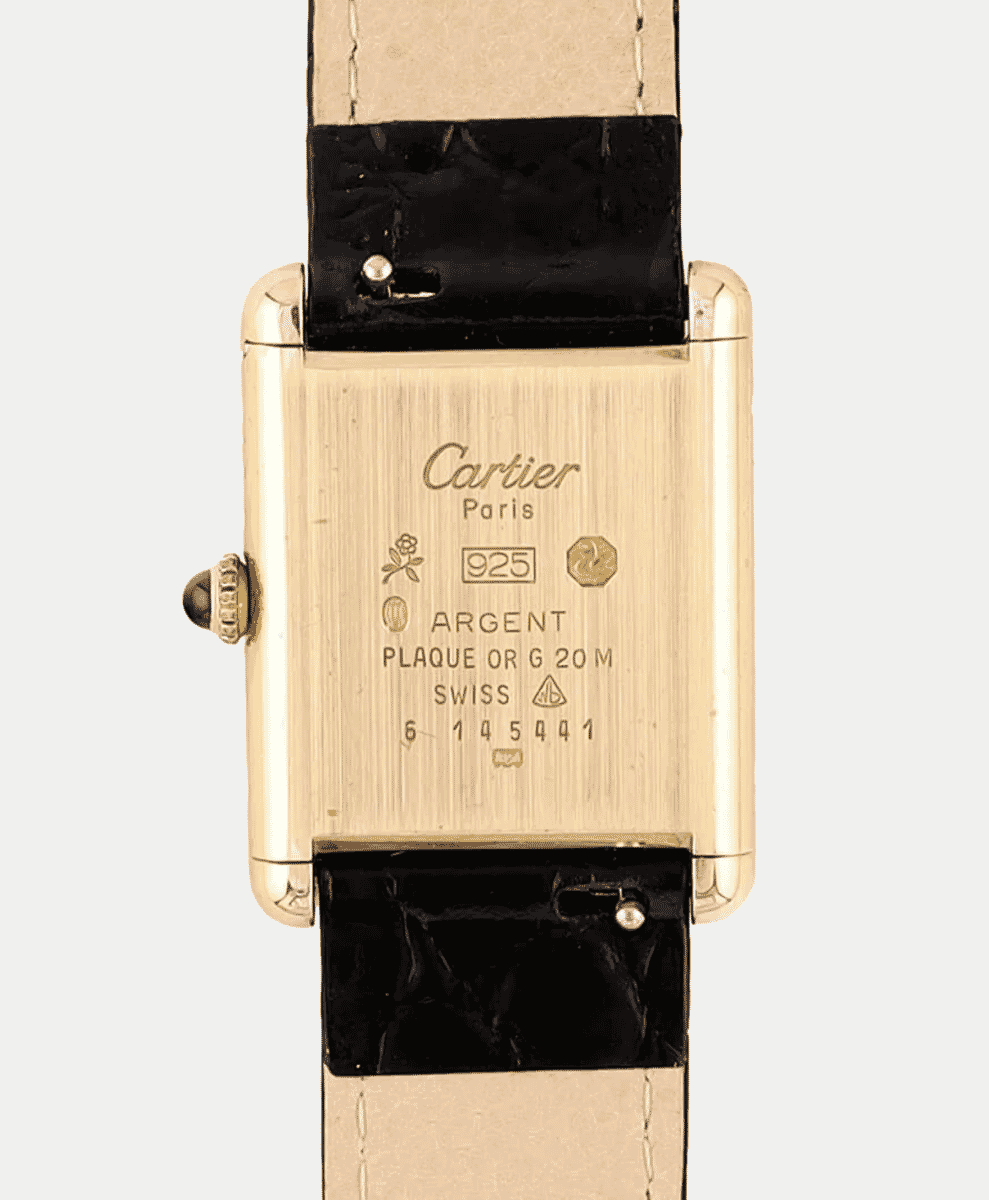
Cartier
Cartier was never about mechanical innovation. It relied on others for movements and often used base calibres. But that misses the point. Cartier essentially invented the wristwatch as we know it, first with the Santos-Dumont in 1904 and later with the Tank in 1917. These were watches of form, not function. They prioritised proportion, geometry and the interplay between case and dial in a way that no other brand had done. A vintage Tank Louis or Cintrée with a mechanical movement and Paris-signed dial isn’t about complexity, but about clarity. In the realm of design-led horology, Cartier is peerless.
Key models
– Tank Louis Cartier (manual wind, 1970s–’80s)
– Santos Galbée (early quartz or automatic)
– Tank Must de Cartier (lacquer dial models)
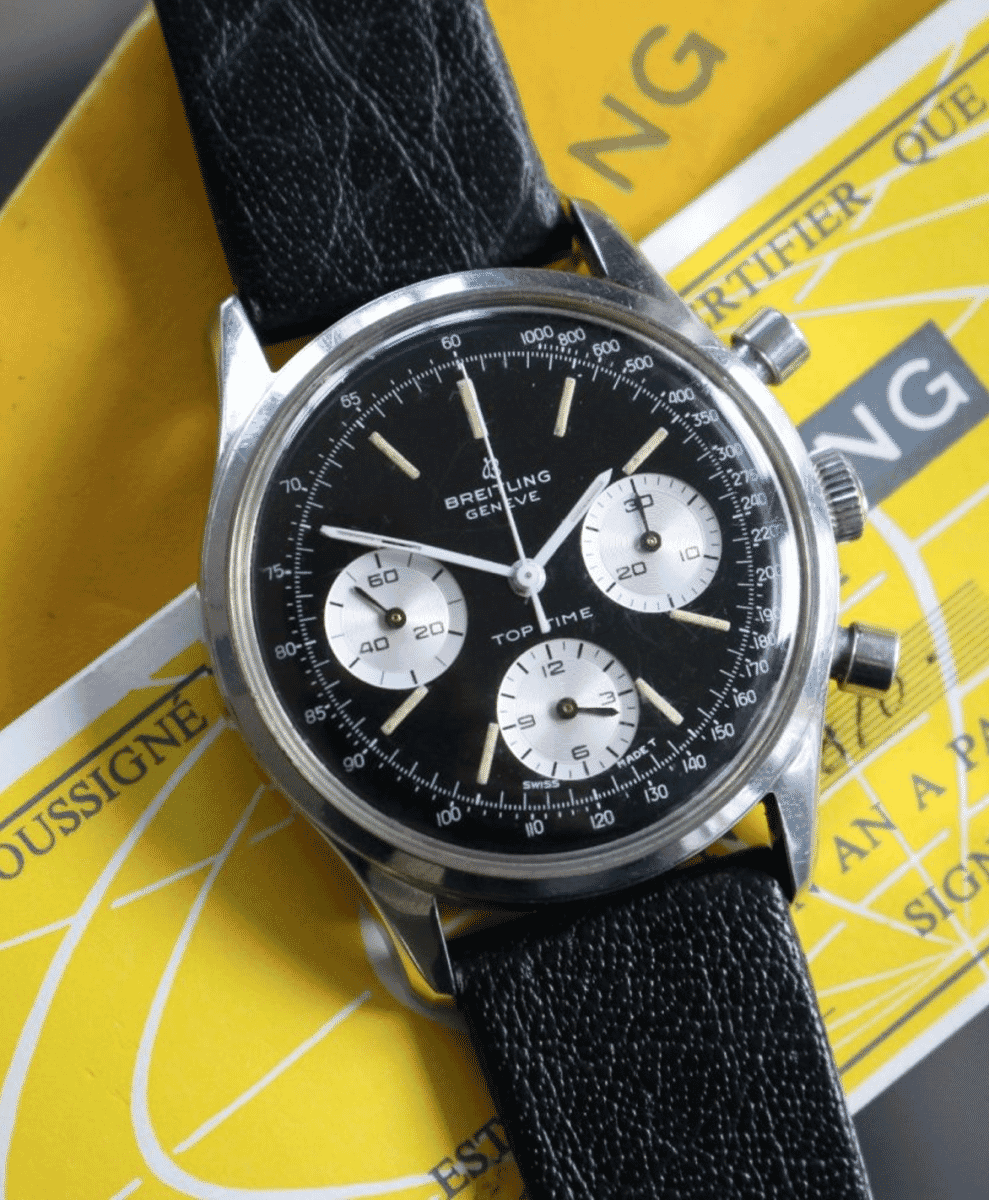
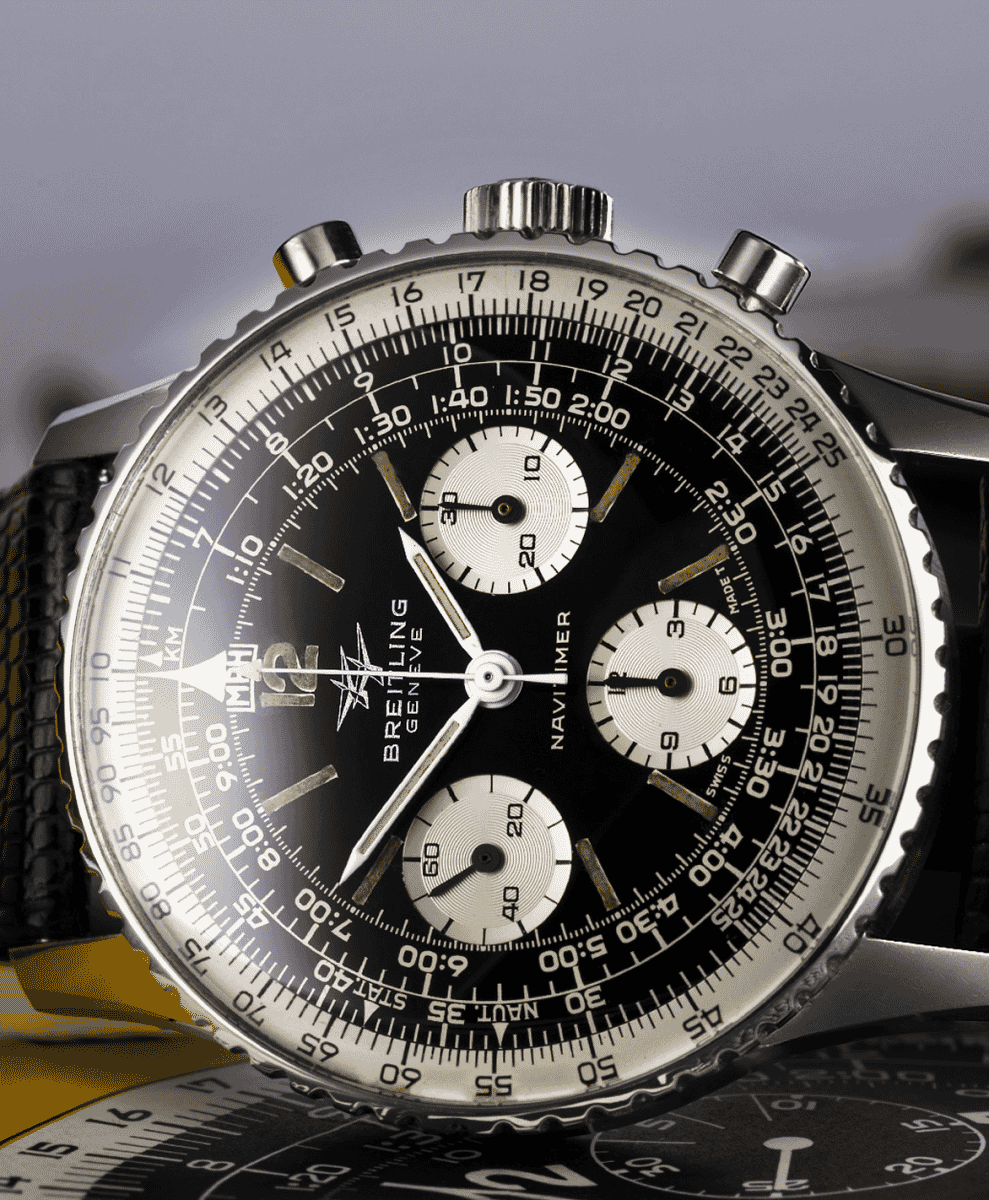
Breitling
Before it became obsessed with size and styling, Breitling was a tool-watch brand in the purest sense. It built instruments for pilots, engineers and professionals who needed their watches to do more than tell the time. The Navitimer, launched in 1952, is the obvious example, with its slide-rule bezel and busy dial layout. But the brand also produced chronographs like the Top Time, which combined function with 1960s flair and now enjoy something of a cult following. Many vintage Breitlings used Venus or Valjoux movements and were built with real utility in mind. That integrity still shows.
Key models
– Navitimer 806
– Top Time 810
– Chronomat 769
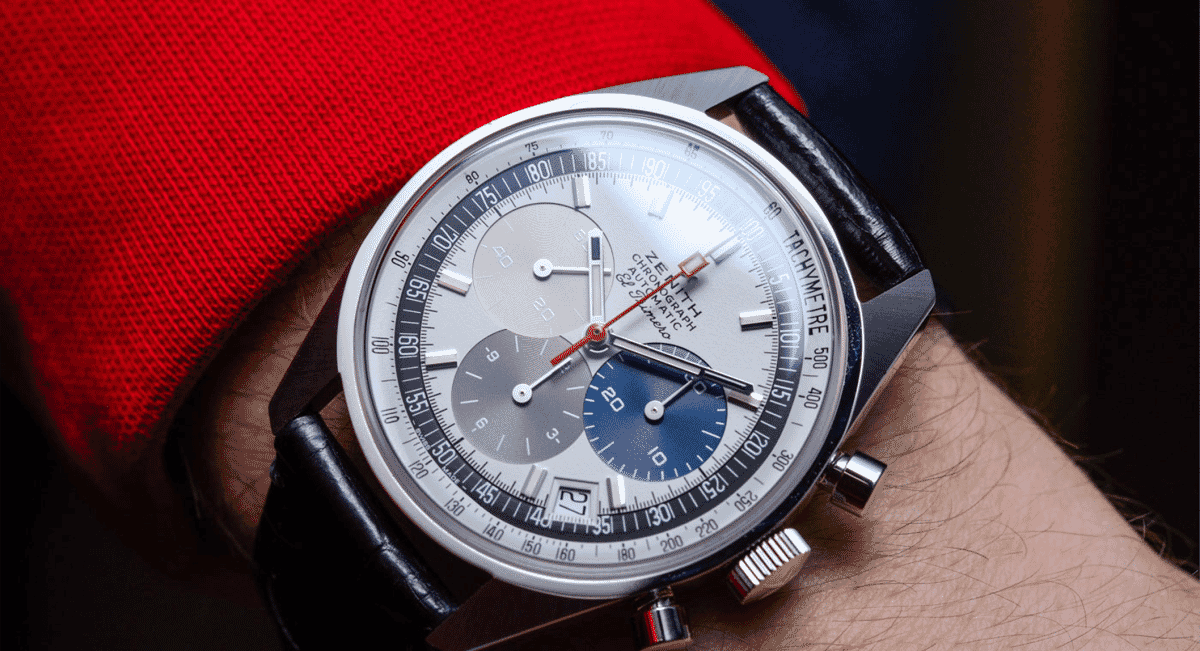
Zenith
Zenith’s enduring legacy is the El Primero movement, launched in 1969, which was the first high-frequency automatic chronograph. It beat at 36,000 vibrations per hour and was, for decades, one of the most technically sophisticated movements you could wear. The A386 is the most famous early reference, but there were also tonneau-cased variants and later models that housed the same calibre. Beyond the chronographs, Zenith made elegant time-only watches during the 1950s and ’60s that often get overlooked. These watches, with in-house movements and understated design, show a brand that prioritised quality over volume.
Key models
– El Primero A386
– Defy 28800 (early 1970s)
– Chronomaster Calibre 146HP
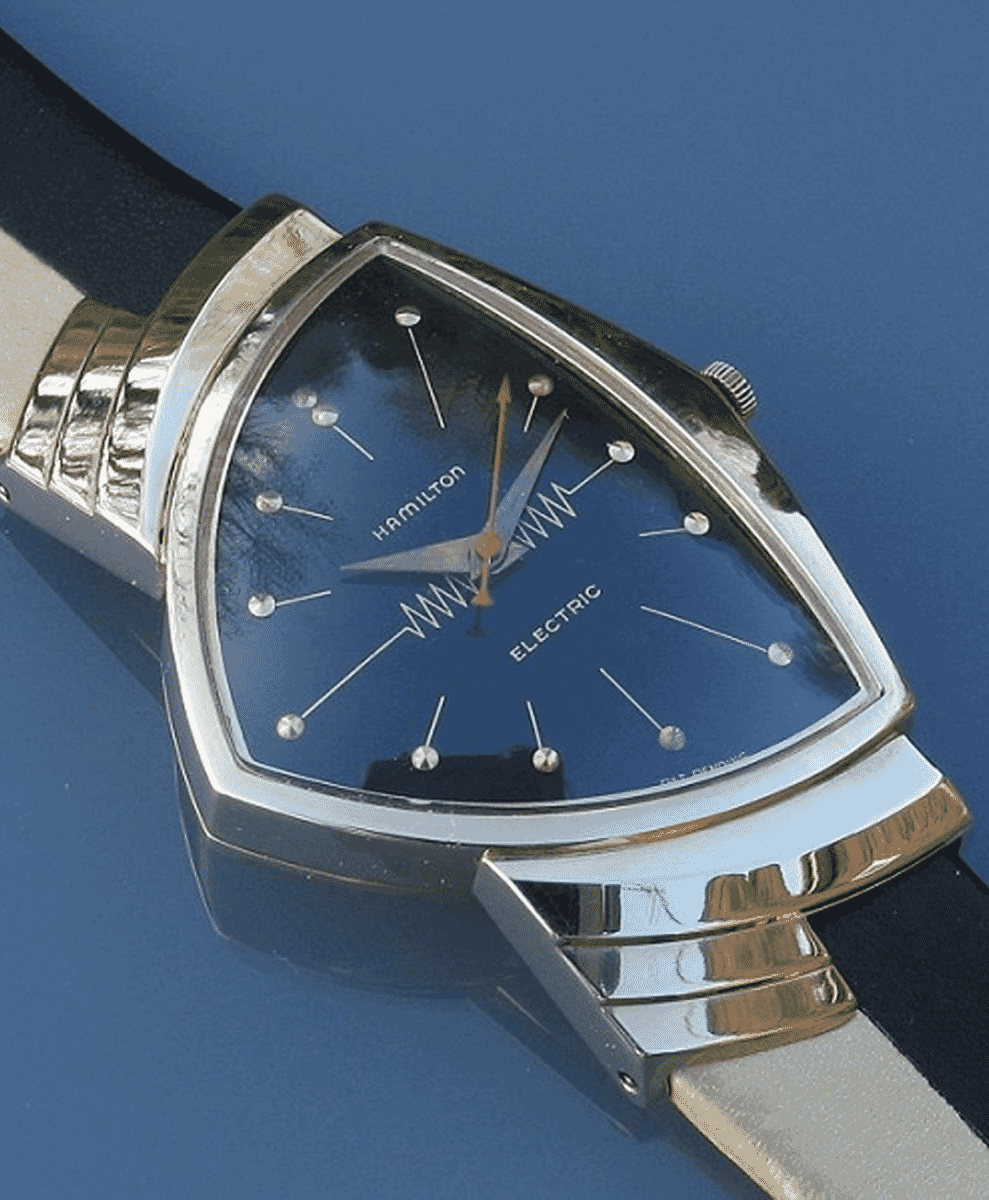
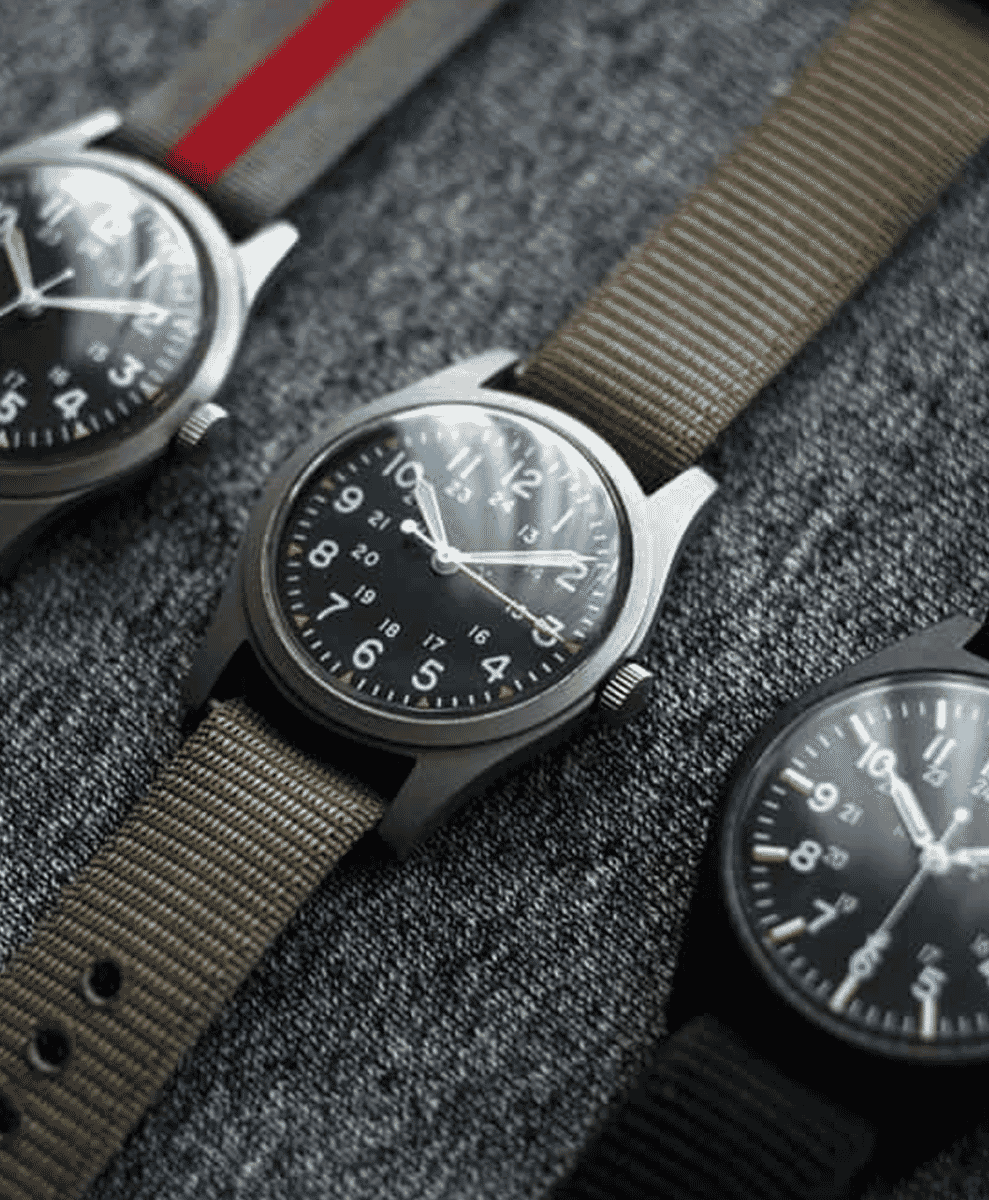
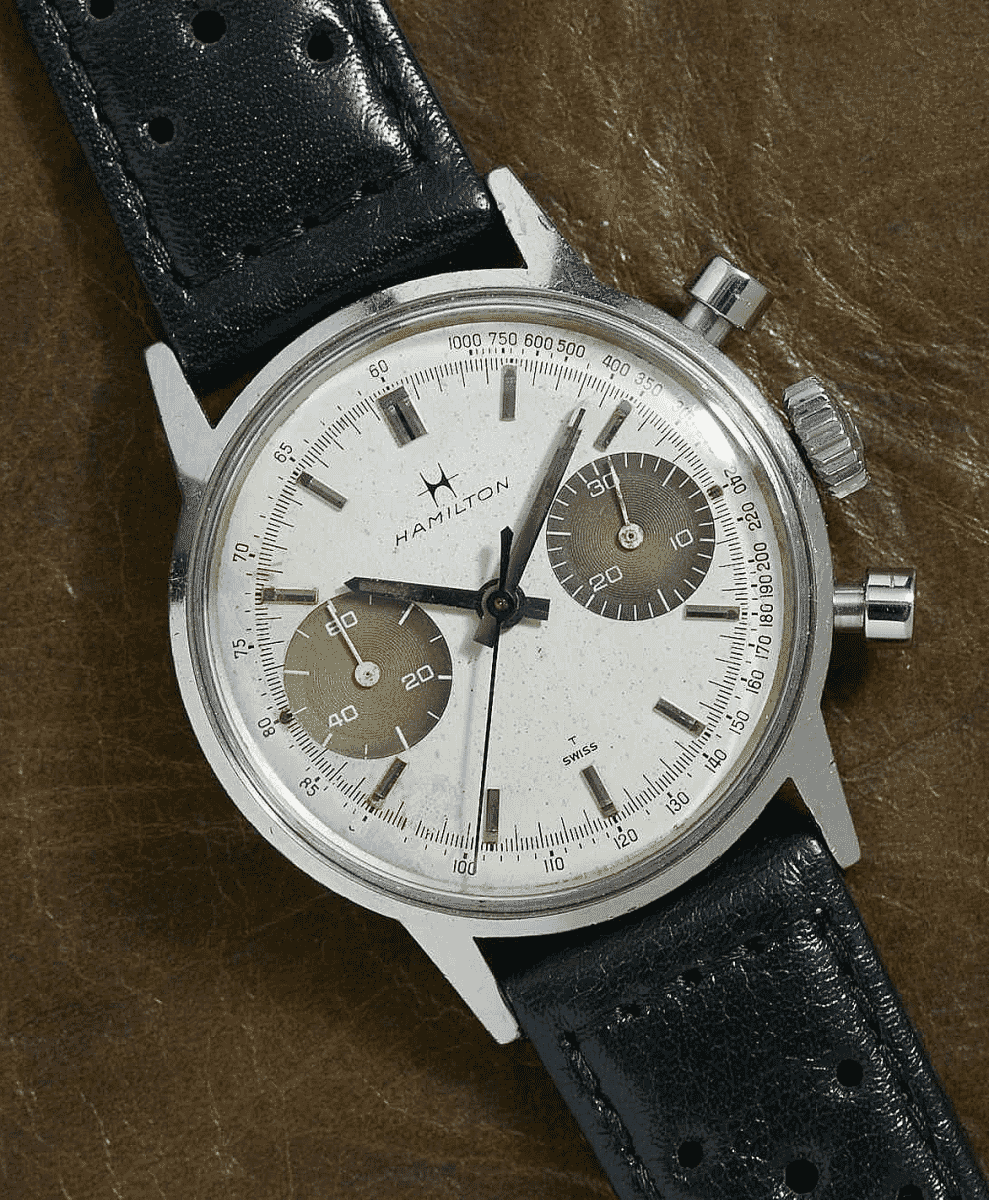
Hamilton
Hamilton tells the story of American watchmaking in the 20th century. It built its reputation on reliability, especially during wartime, supplying field watches to the US military. The Khaki range, based on those vintage military models, still draws on that DNA. But Hamilton was also ahead of its time in other ways. It introduced the world’s first electric wristwatch in 1957 with the Ventura, which came in a radically asymmetrical case and looked like nothing else on the market. For collectors interested in the transitional period between mechanical and quartz, vintage Hamilton is rich with historical significance.
Key models
– Khaki field watch (Vietnam-era MIL-W-46374)
– Electric Ventura
– Chronograph B (Valjoux 7730)
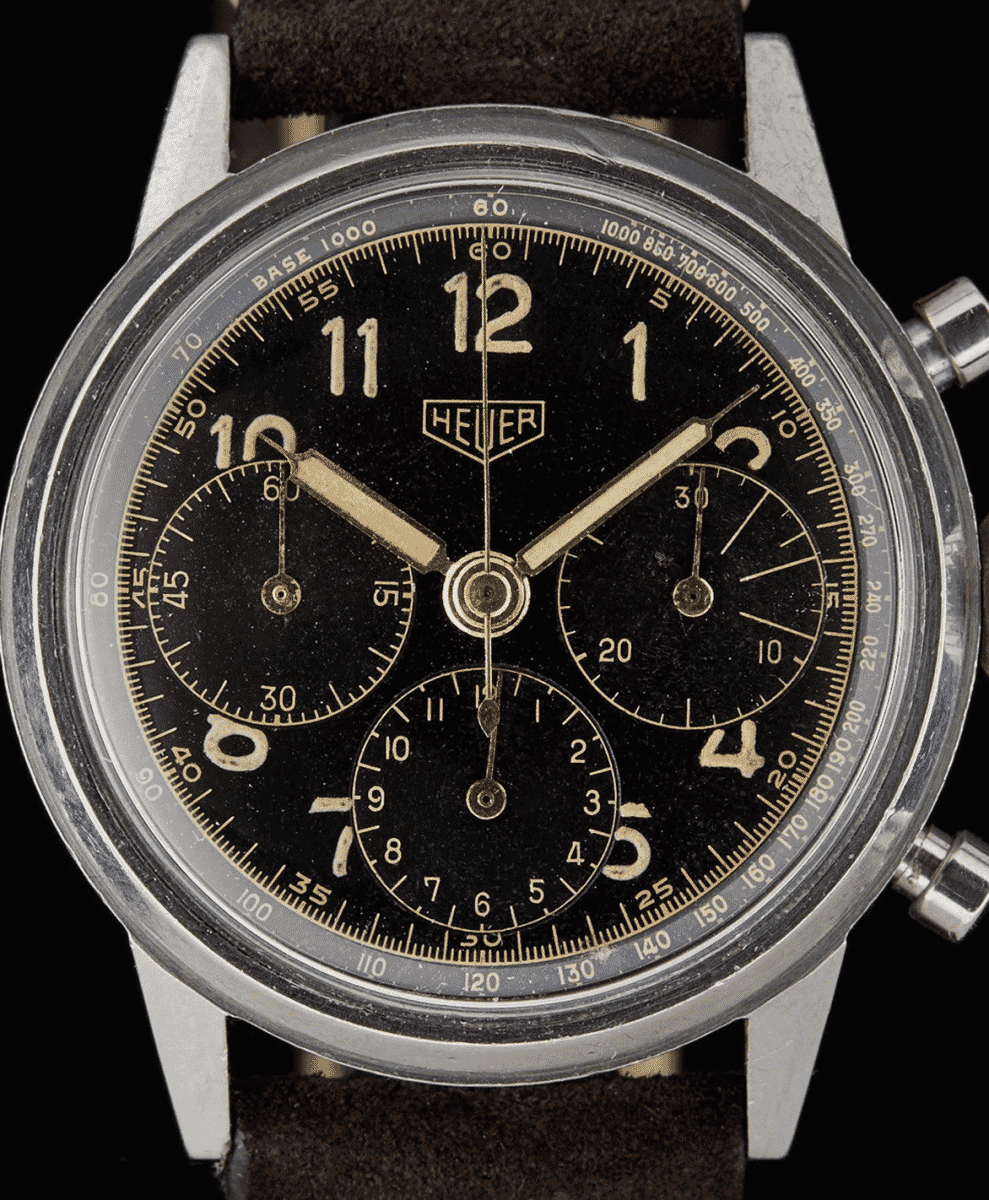
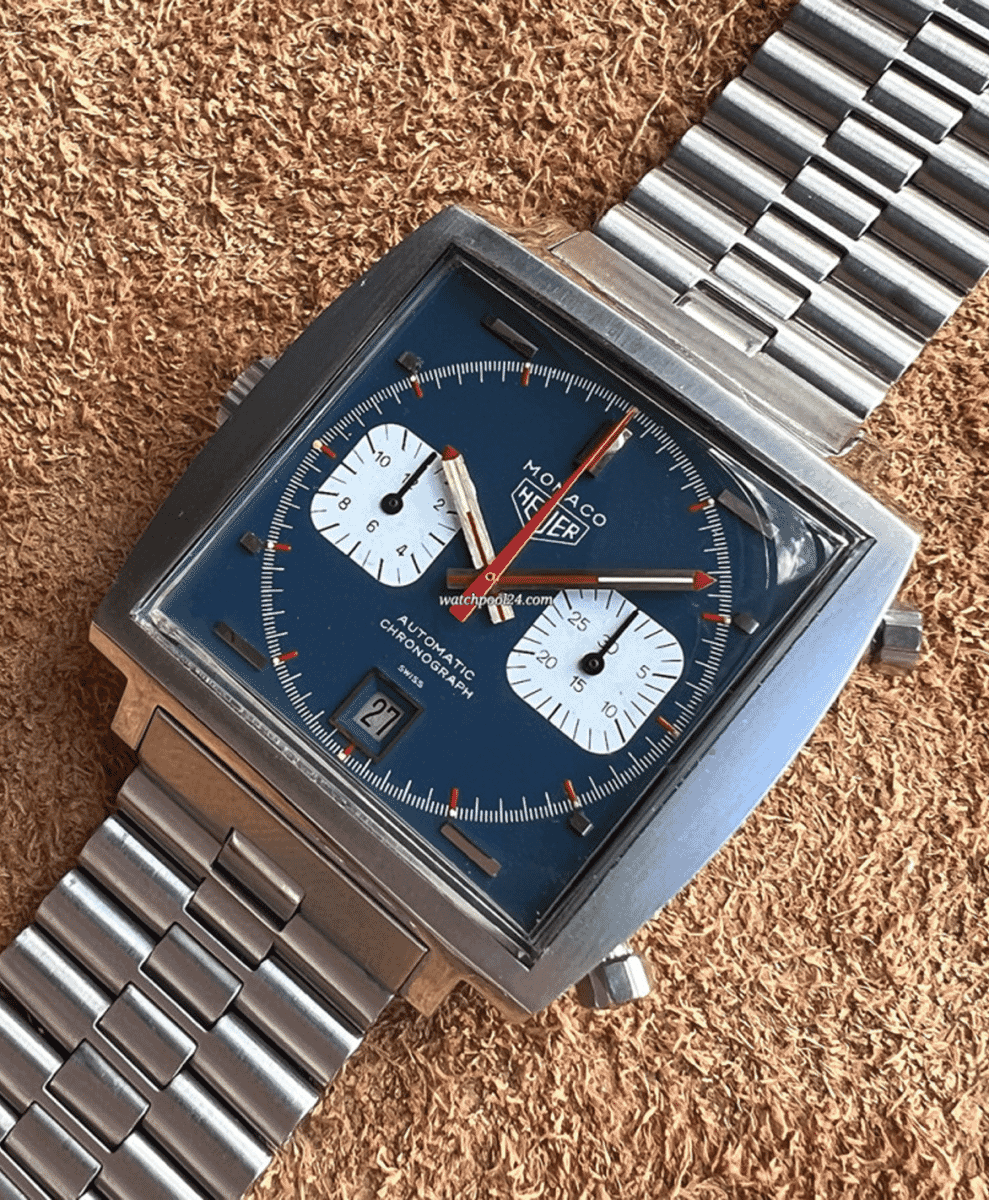

TAG Heuer (Heuer, pre-1985)
Before TAG got involved, Heuer was a pure motorsport brand. It specialised in chronographs for timing laps and was deeply embedded in the racing culture of the 1960s and ’70s. The Carrera, Autavia and Monaco models were not just stylistic statements but professional instruments. The Monaco, in particular, with its square case and Calibre 11 automatic chronograph, broke all the rules and became a design icon. Early Carreras from the 1960s are beloved for their clean dials and modular construction. What makes vintage Heuer so compelling is its combination of tool-watch functionality and racing pedigree.
Key models
– Carrera 2447
– Autavia 1163
– Monaco 1133B (Steve McQueen model)
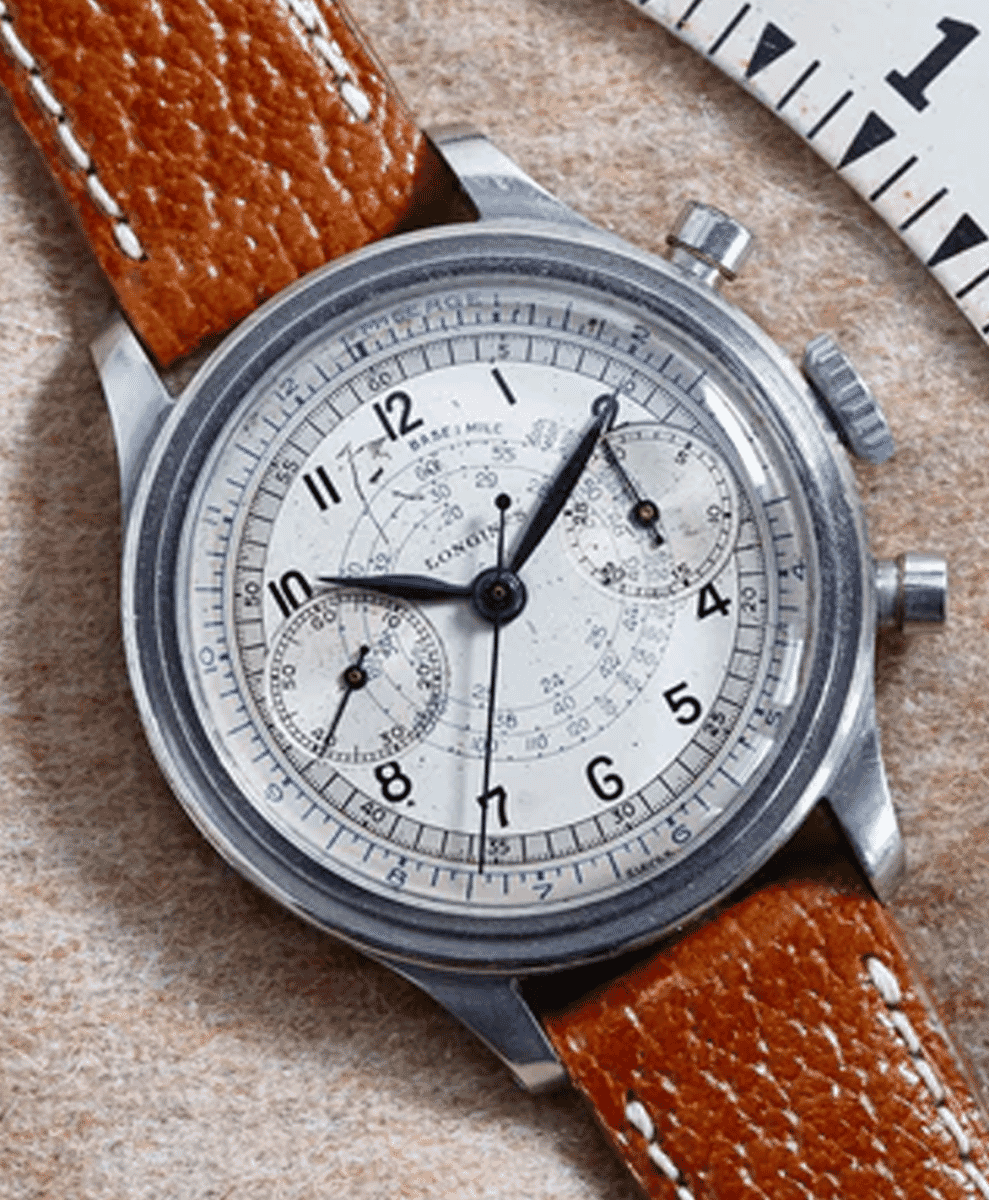
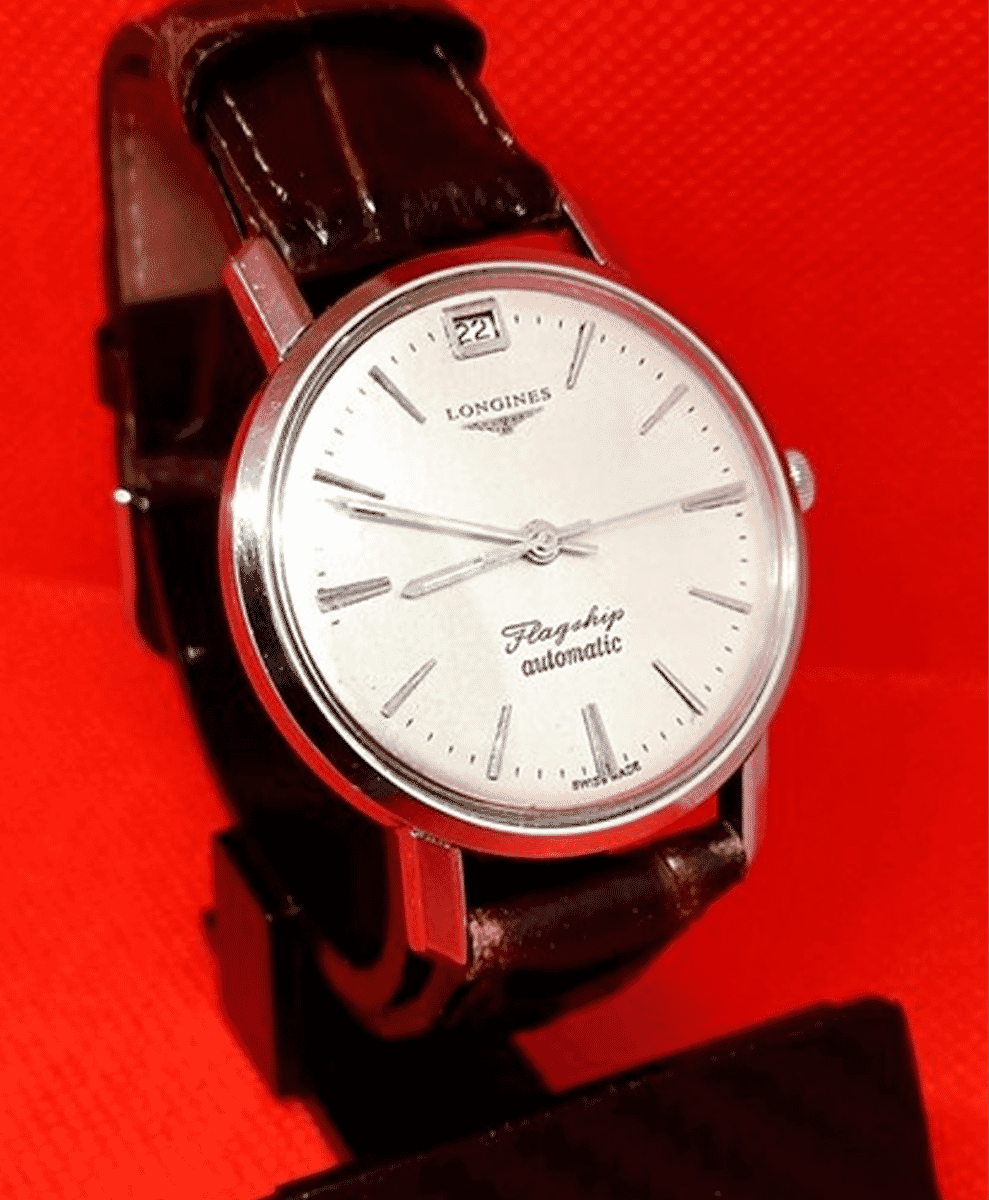
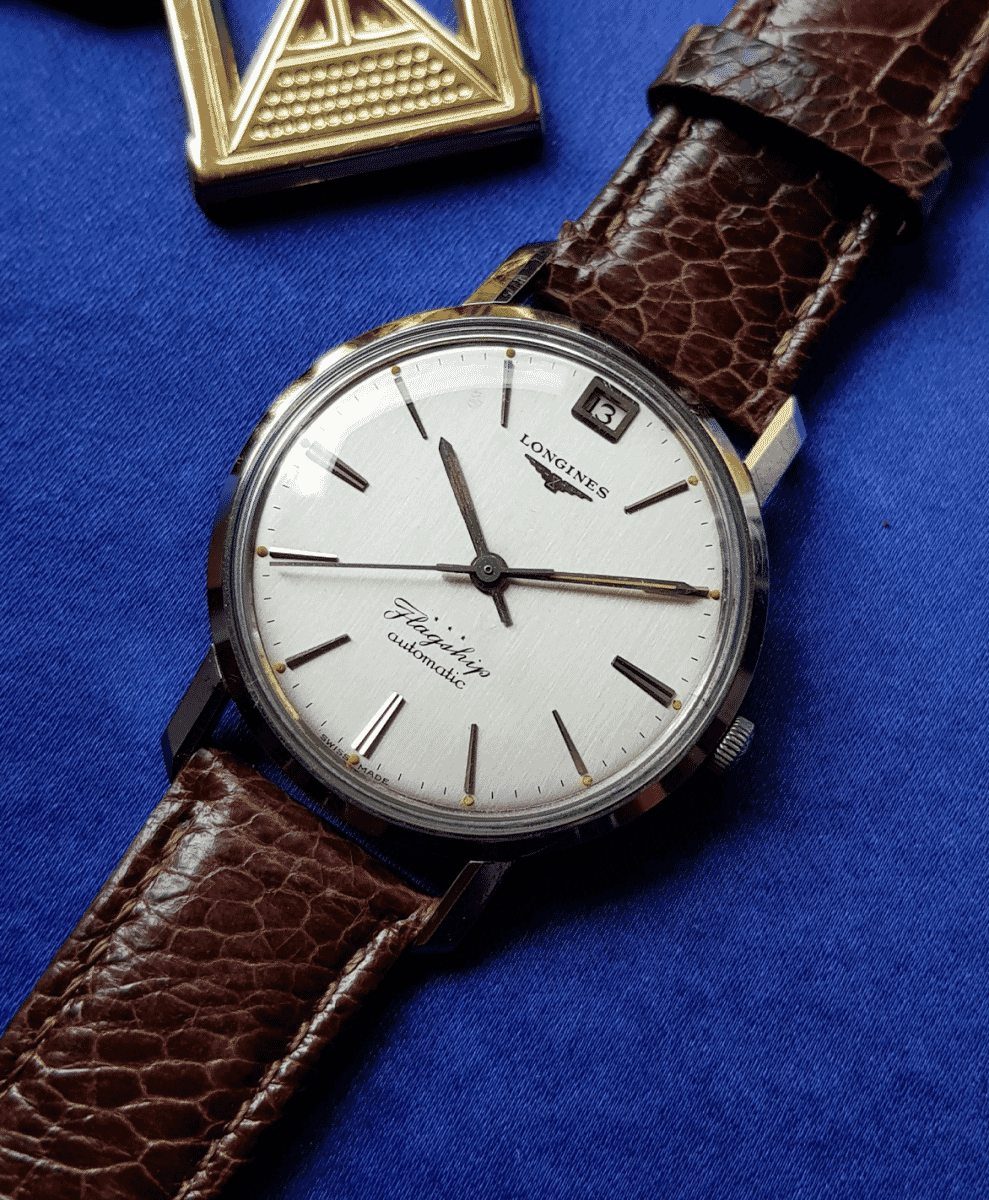
Longines
Longines today is positioned as an accessible luxury brand, but in its prime, it was a watchmaker’s watchmaker. In the 1930s and ’40s, Longines produced some of the best chronograph movements ever made, including the 13ZN and 30CH, which rivalled anything from Patek Philippe or Vacheron Constantin. These were in-house calibres with column-wheel construction, beautifully finished and extremely accurate. Even its simpler watches from the 1950s and ’60s showed remarkable attention to detail. A time-only Longines with a cal. 30L or similar movement can be just as satisfying to own as more hyped alternatives.
Key models
– 13ZN Chronograph
– Flagship 341
– Conquest Automatic (1950s)
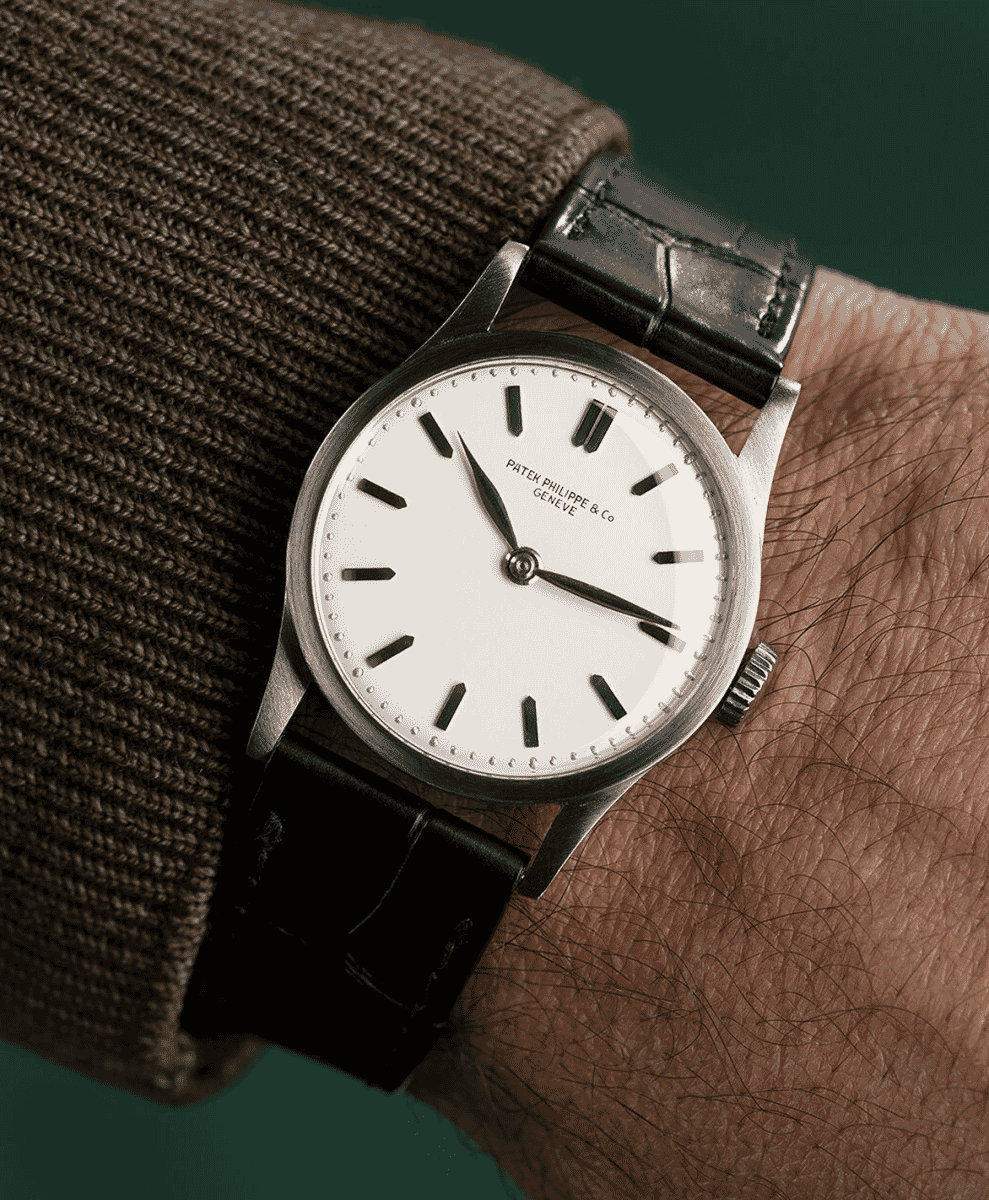
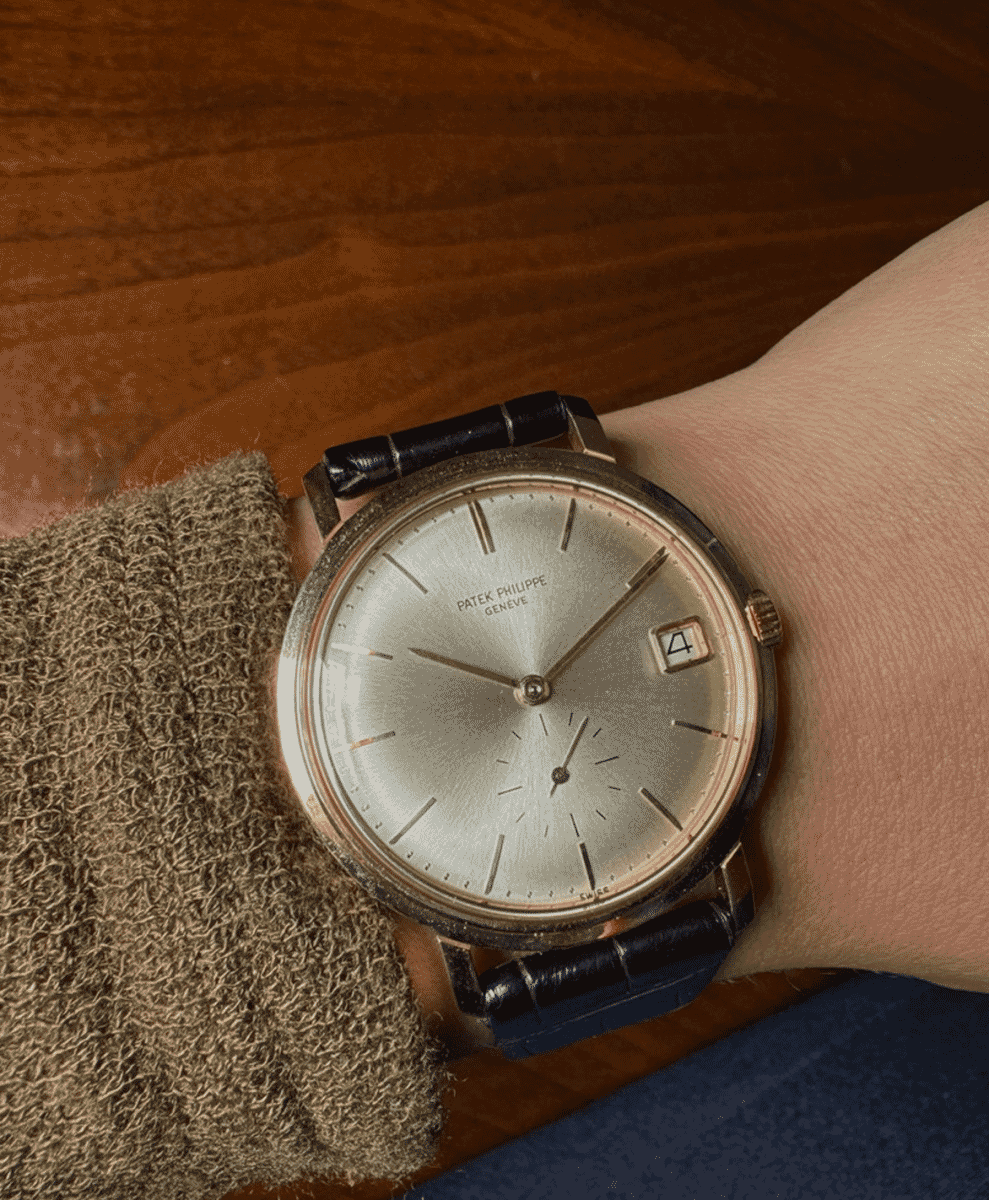
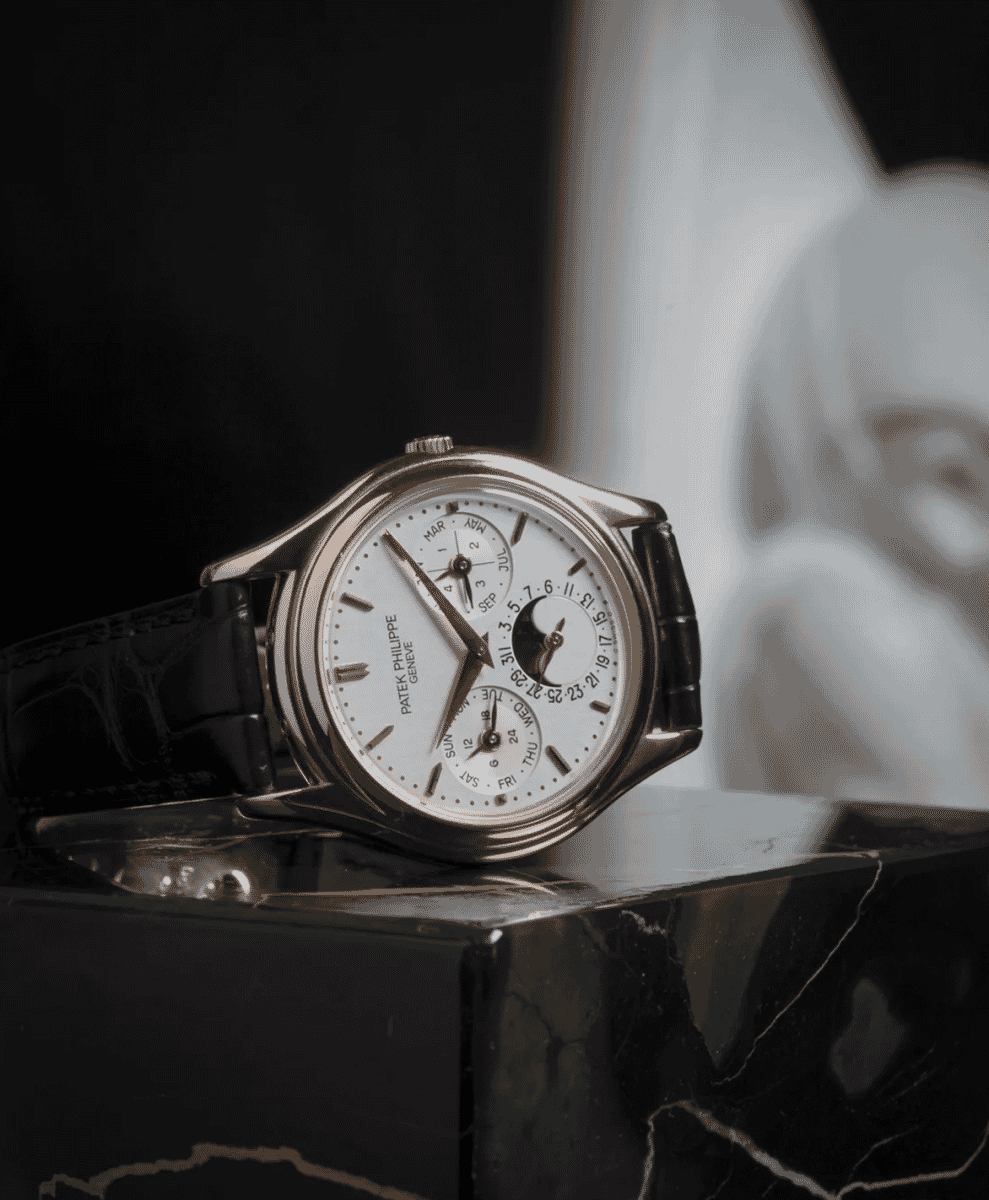
Patek Philippe
Patek Philippe sits at the top of vintage collecting for good reason. The brand’s output during the mid-20th century set the benchmark for movement finishing, case construction and design restraint. References like the Calatrava 96 or the perpetual calendar chronograph 1518 are studied not for hype, but for how elegantly they solve horological problems. Even time-only models from the 1940s or ’50s display an obsessive attention to proportion and finishing. Vintage Patek isn’t about complication for its own sake, it’s about watchmaking at its most considered and precise.
Key models
– Calatrava 96
– Reference 3445 (automatic, date, 1960s)
– Reference 3940 (perpetual calendar, 1980s)
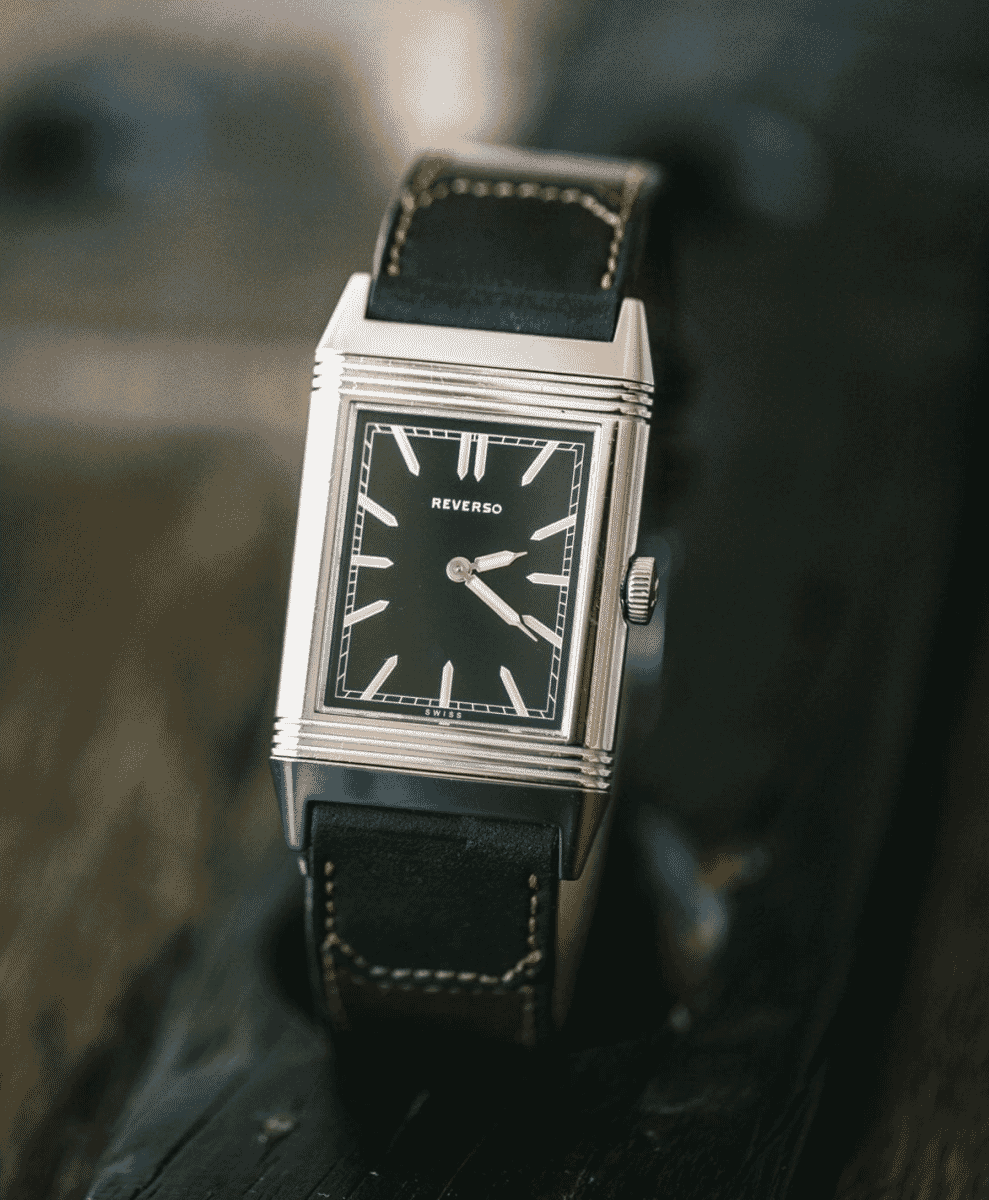
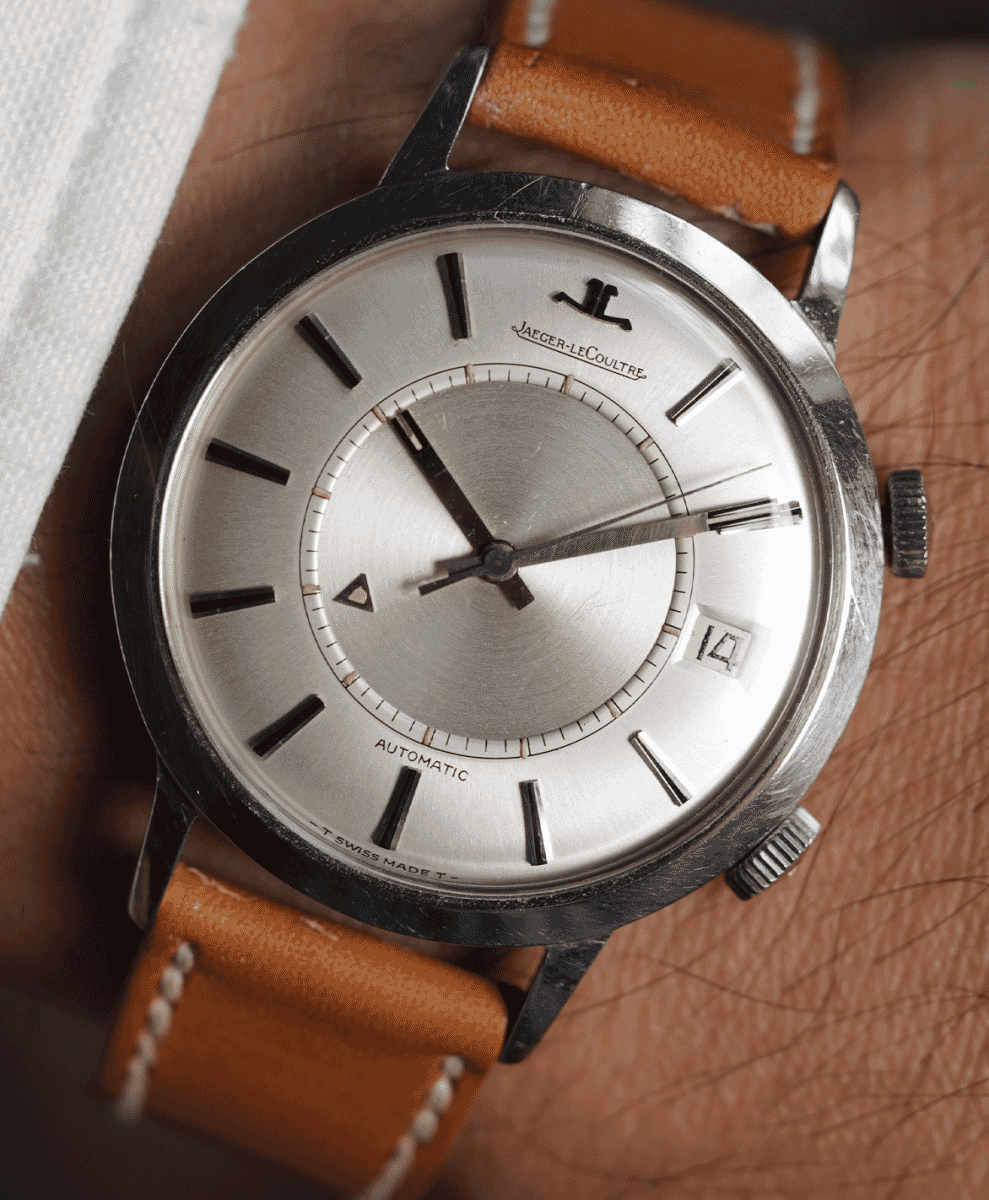
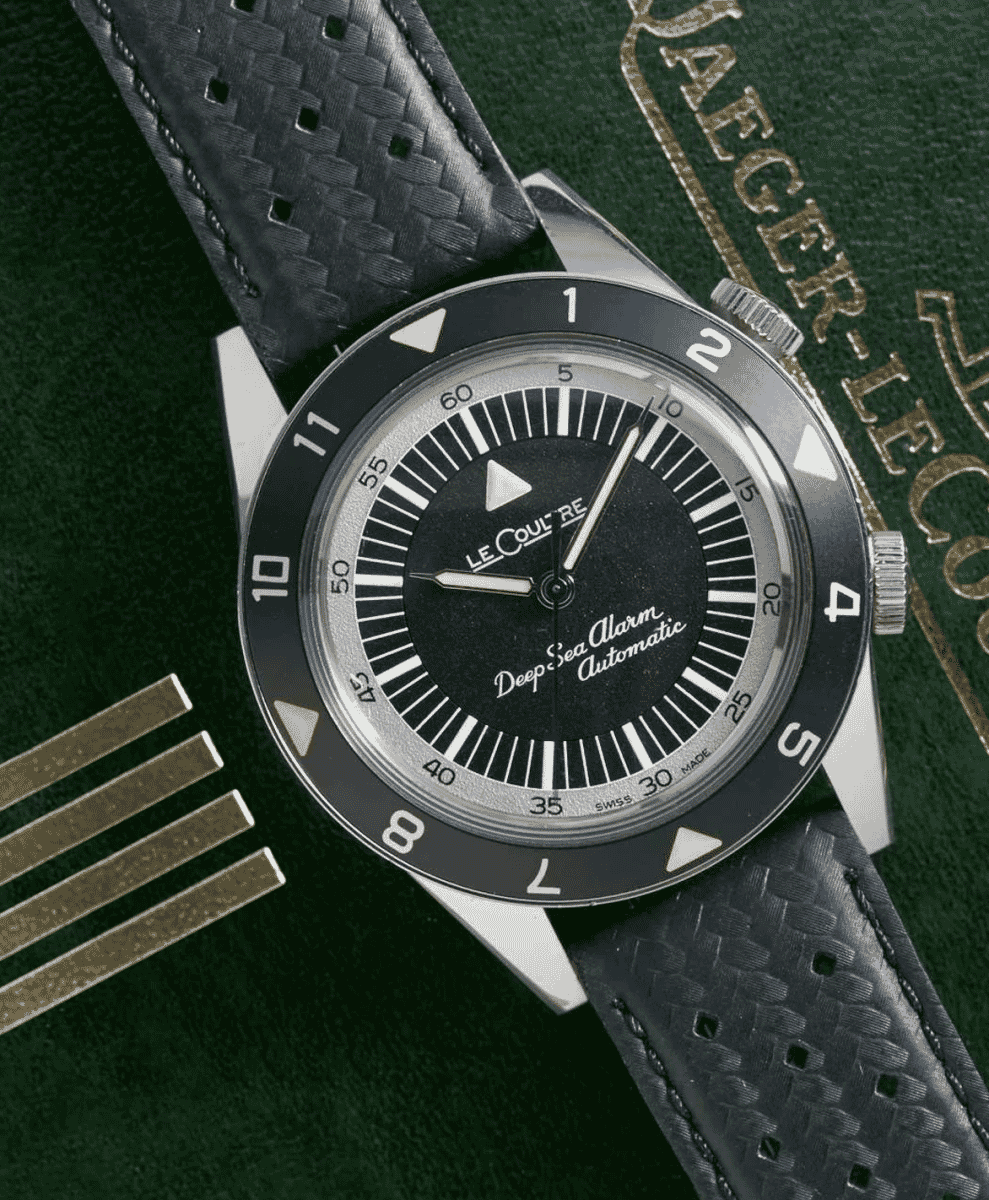
Jaeger-LeCoultre
Jaeger-LeCoultre quietly produced some of the finest movements of the 20th century, both for itself and for others. The Reverso, originally designed for polo players in the 1930s, is its best-known design, and early examples show just how modern a rectangular watch can feel. Beyond that, vintage JLC includes innovations like the alarm-equipped Memovox and the Deep Sea Alarm diver, along with ultra-thin dress pieces that rivalled far more expensive competition. It’s a brand defined by substance rather than spectacle.
Key models
– Reverso (1930s–1950s manual wind models)
– Memovox 855 (alarm watch, 1960s)
– Deep Sea Alarm (US or European version)
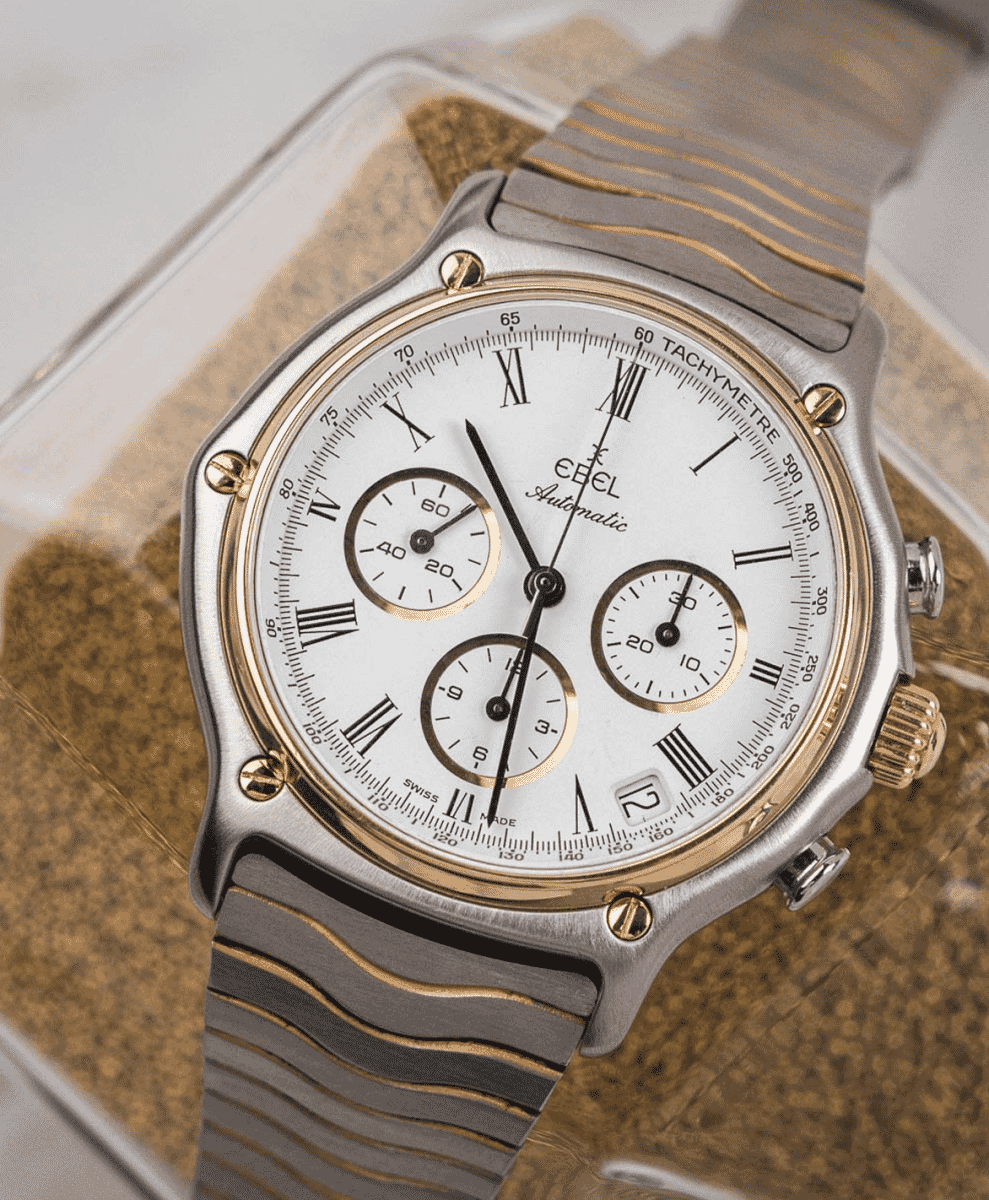

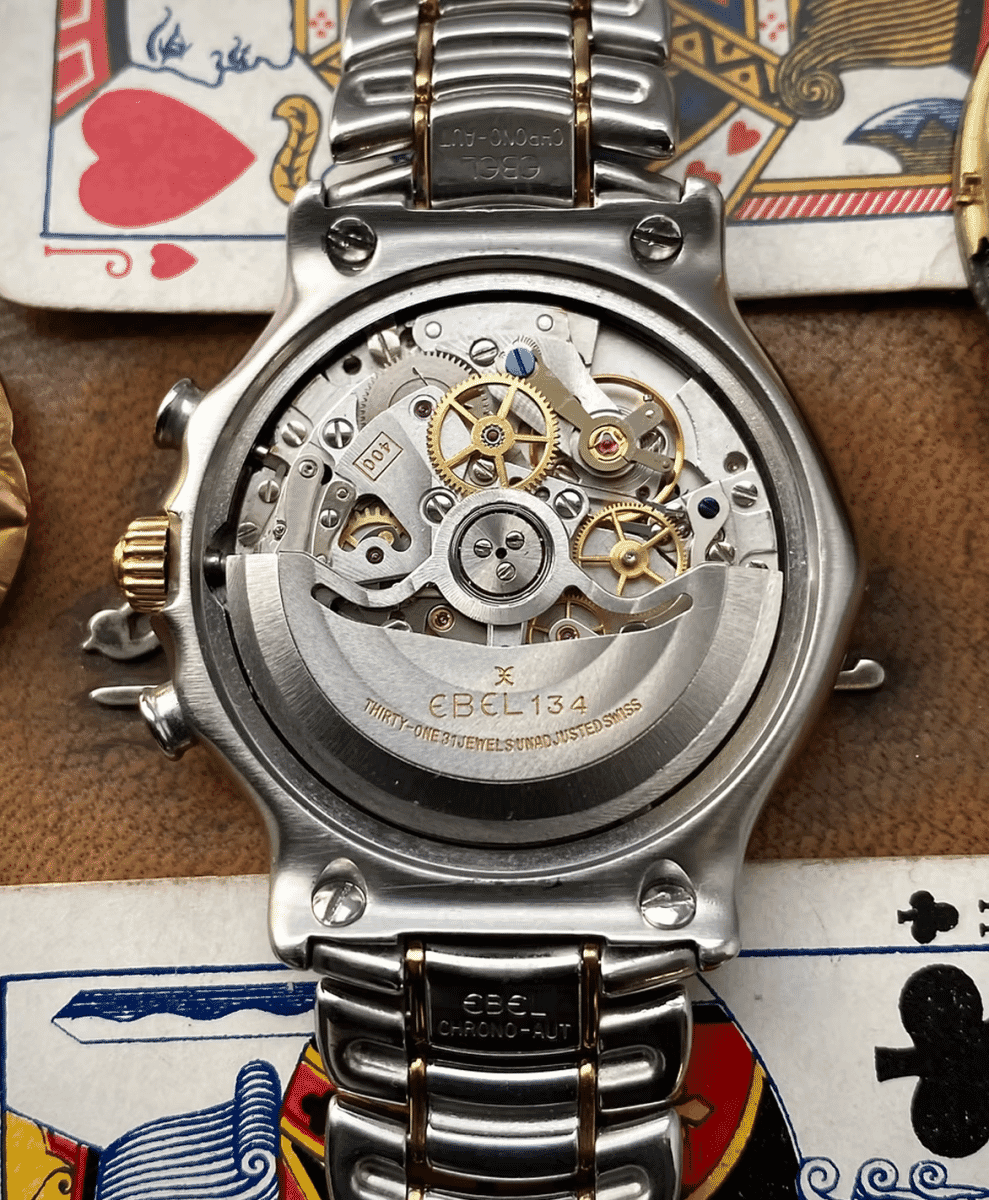
Ebel
Ebel rarely gets top billing in vintage collecting, but it quietly excelled at combining elegant design with reliable mechanics. The 1977 Sport Classic, with its wave-link bracelet and slim case, prefigured the integrated sports watch trend by several years. In the 1980s and ’90s, models like the 1911 Chronograph housed Zenith’s El Primero movement – a high-spec detail hiding behind a refined façade. Earlier dress pieces from the 1940s to ’60s are understated and well-built, making Ebel a smart, often underappreciated choice.
Key models
– Sport Classic (mid-size or chronograph, 1977–1990s)
– 1911 Chronograph (El Primero movement)
– 1950s–’60s dress watches (manual wind, bumper auto)
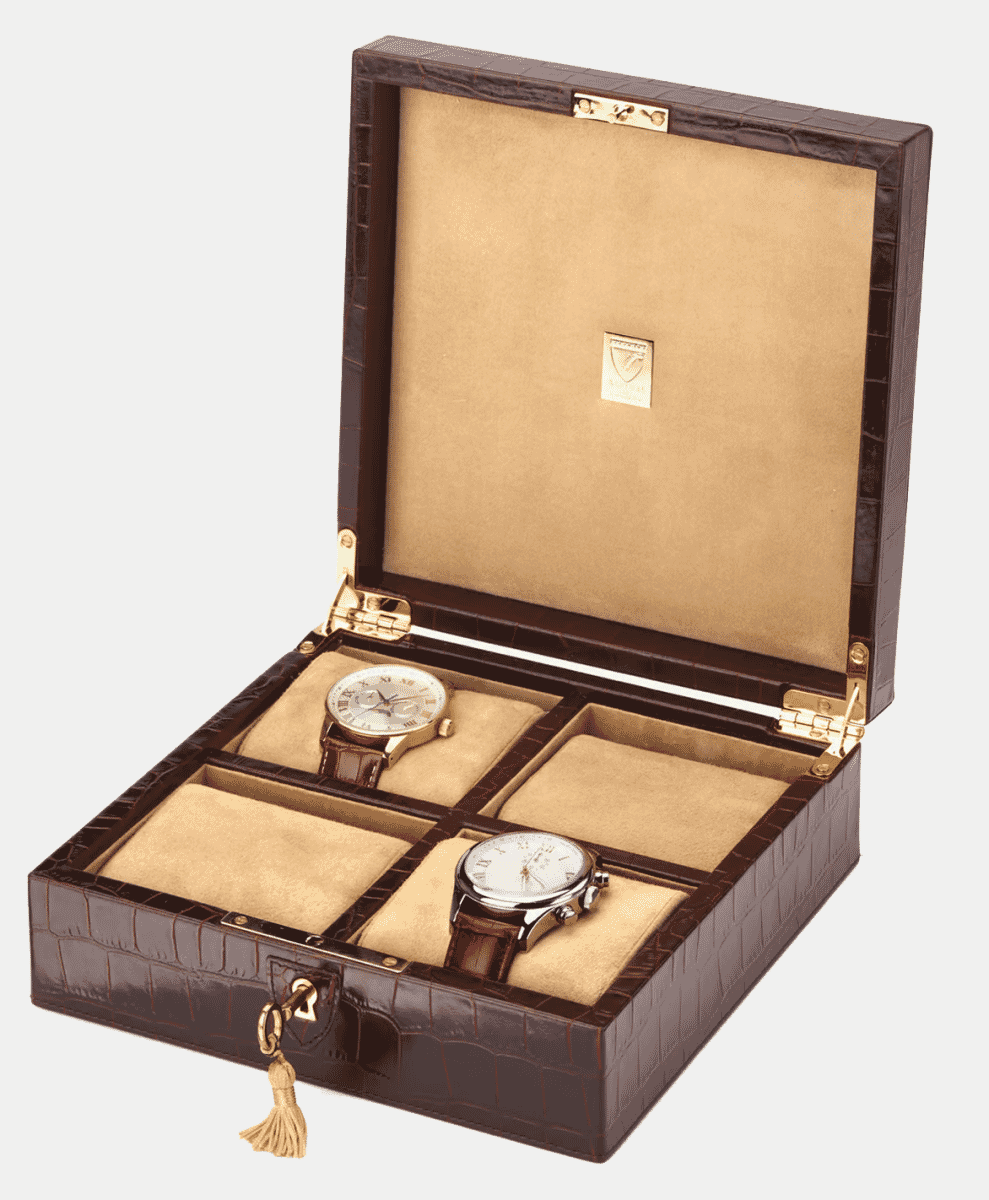
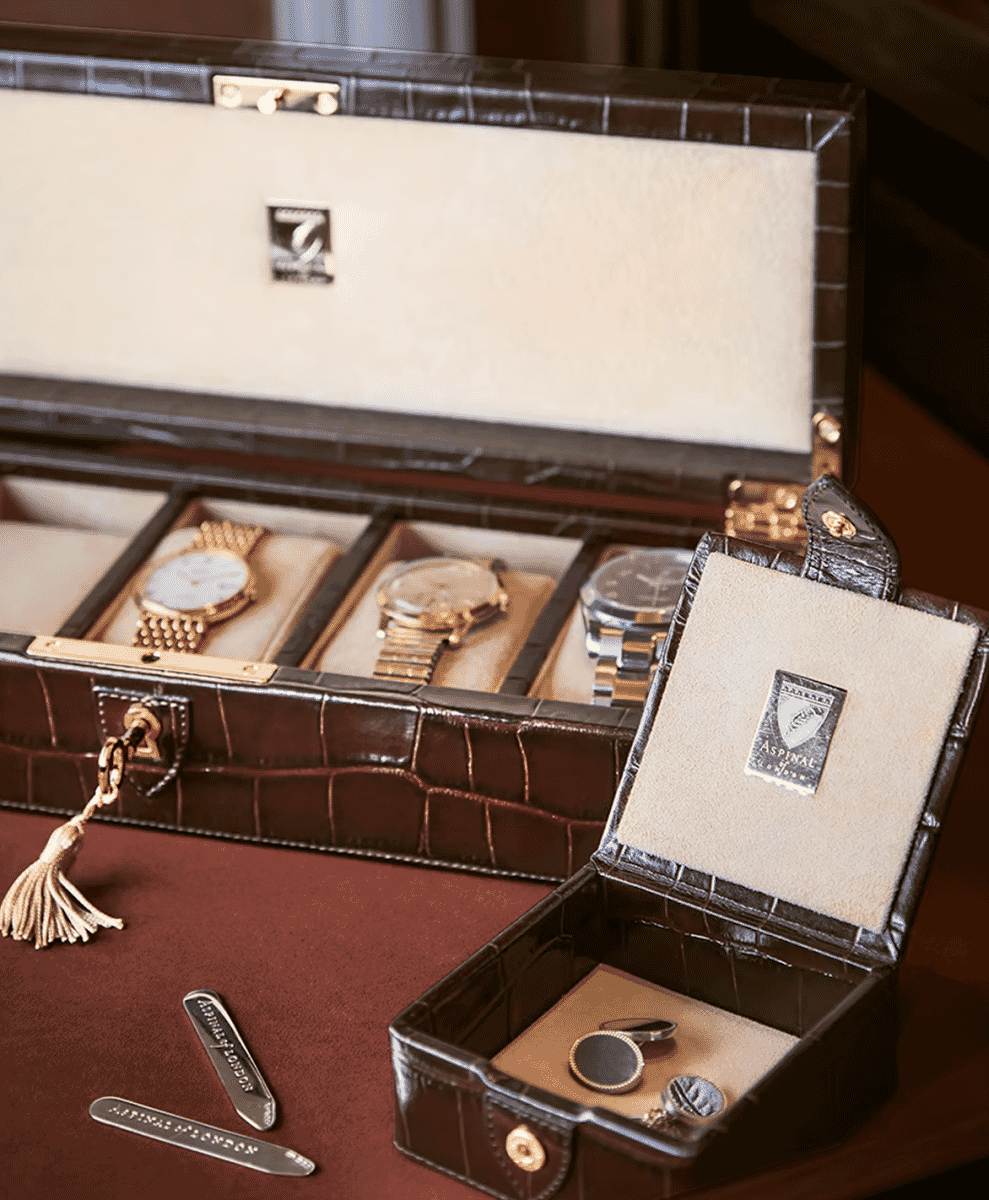
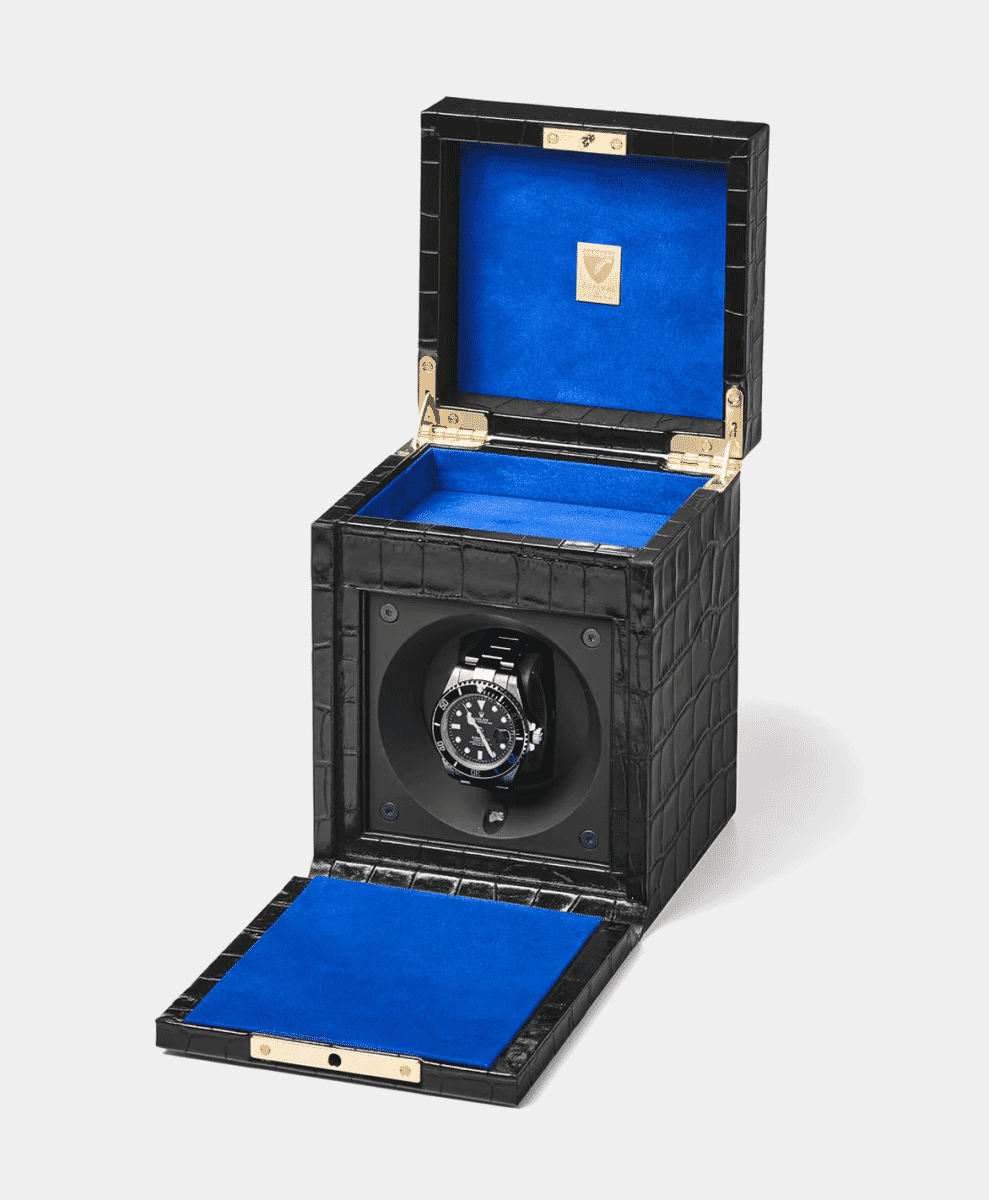
How to store your vintage watch
Caring for vintage watches doesn’t require fuss – just a few good habits. At home, store them in a proper watch box with individual compartments. Leather or suede-lined options offer protection from dust, moisture and accidental knocks. Keep them in a cool, stable environment and out of direct sunlight. There’s no need to keep mechanical watches constantly wound – they’re fine at rest.
When travelling, invest in a compact case. A leather watch roll, zip-up pouch or slim folding box will keep things tidy and safe. Choose one with separate slots to avoid watches knocking together, and always carry them in hand luggage. Brands like Aspinal make smart travel options
A few extra tips: keep silica gel in your box to absorb moisture, don’t store watches on winders unless you’re wearing them often, and avoid leaving leather straps in humid conditions. Lastly, service mechanical watches every five to ten years, depending on use.
With a little care and attention, your watches will stay in excellent shape – and continue ticking long after most modern things have given up.
Next up: The 14 most expensive watch brands of all time.




